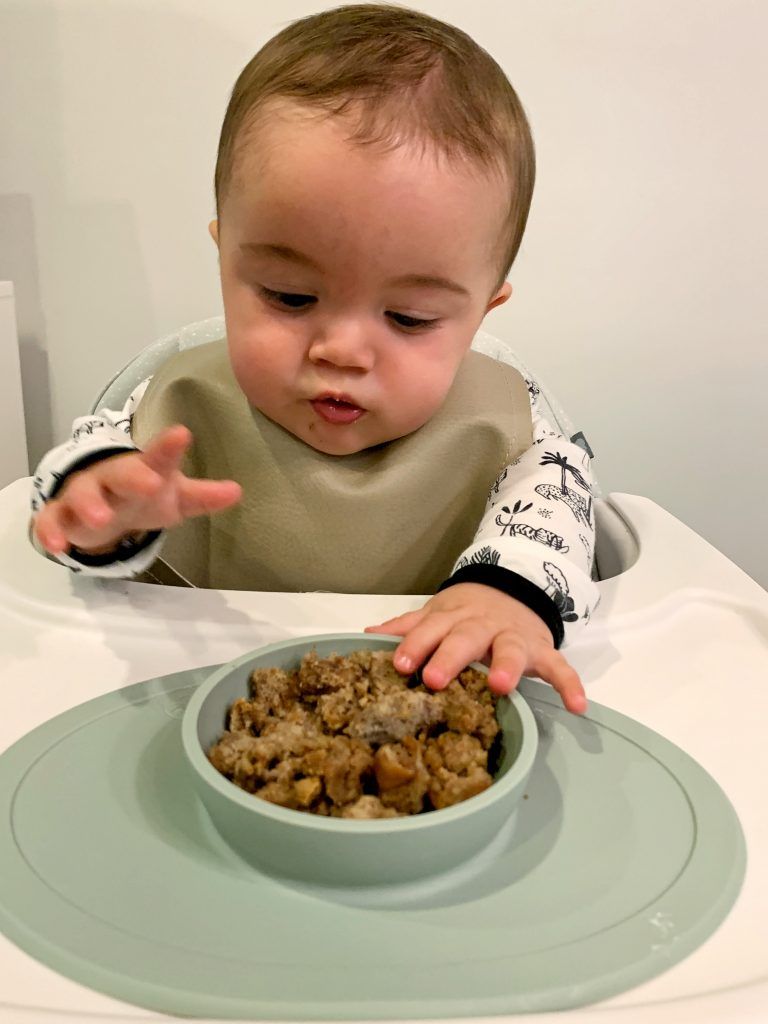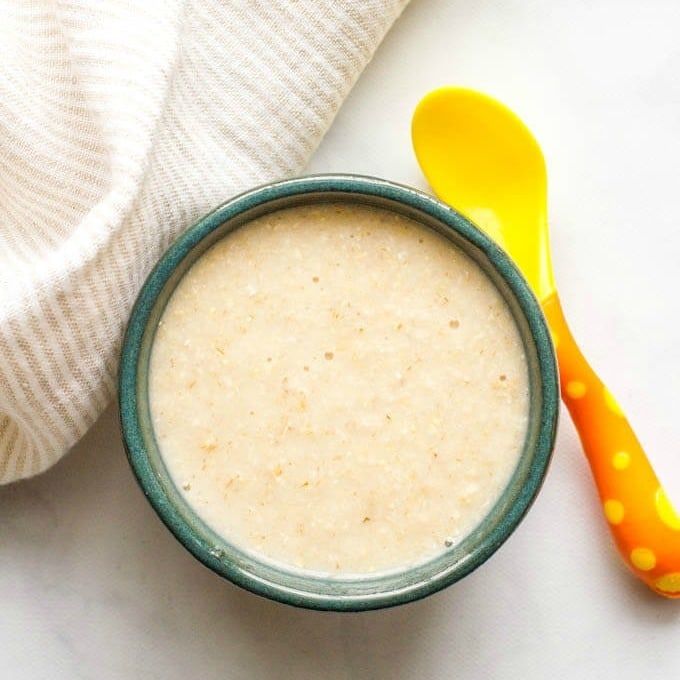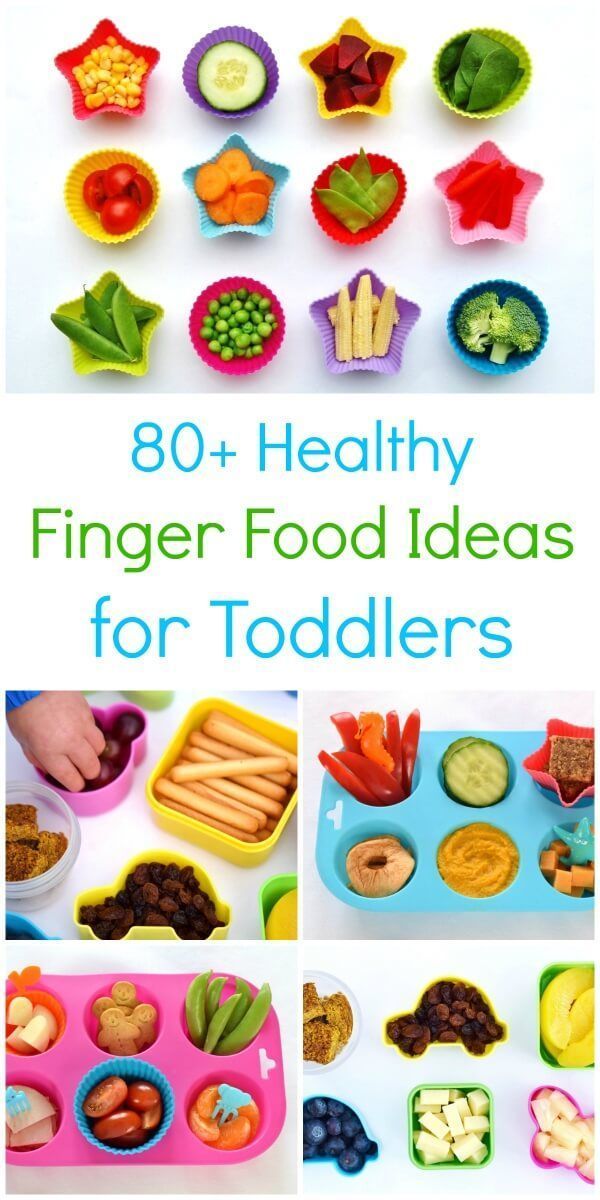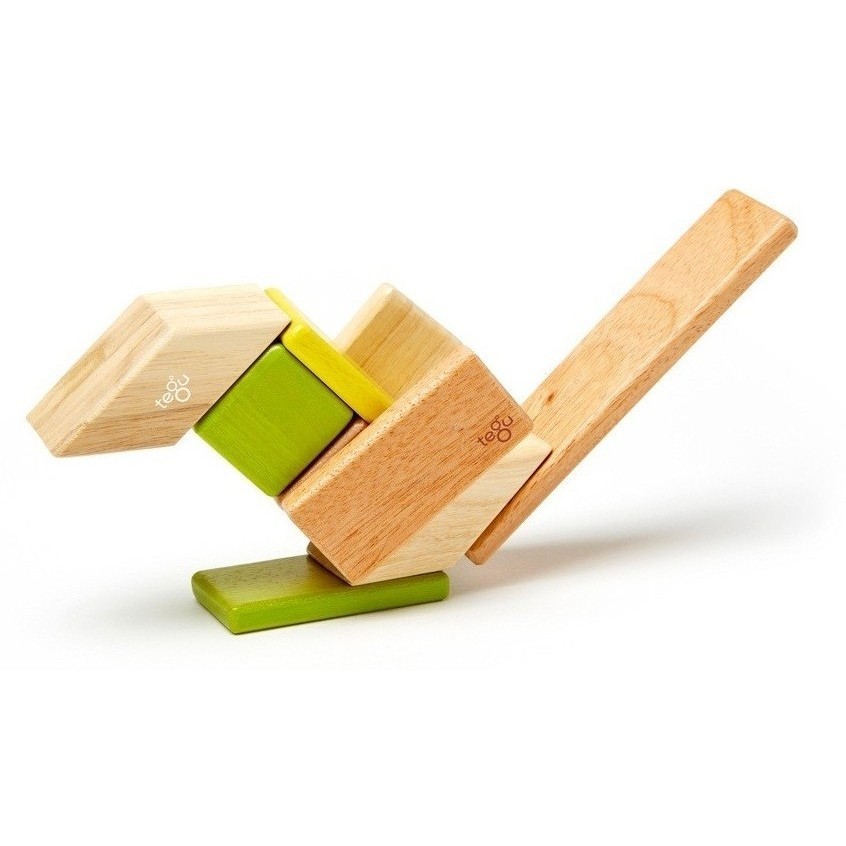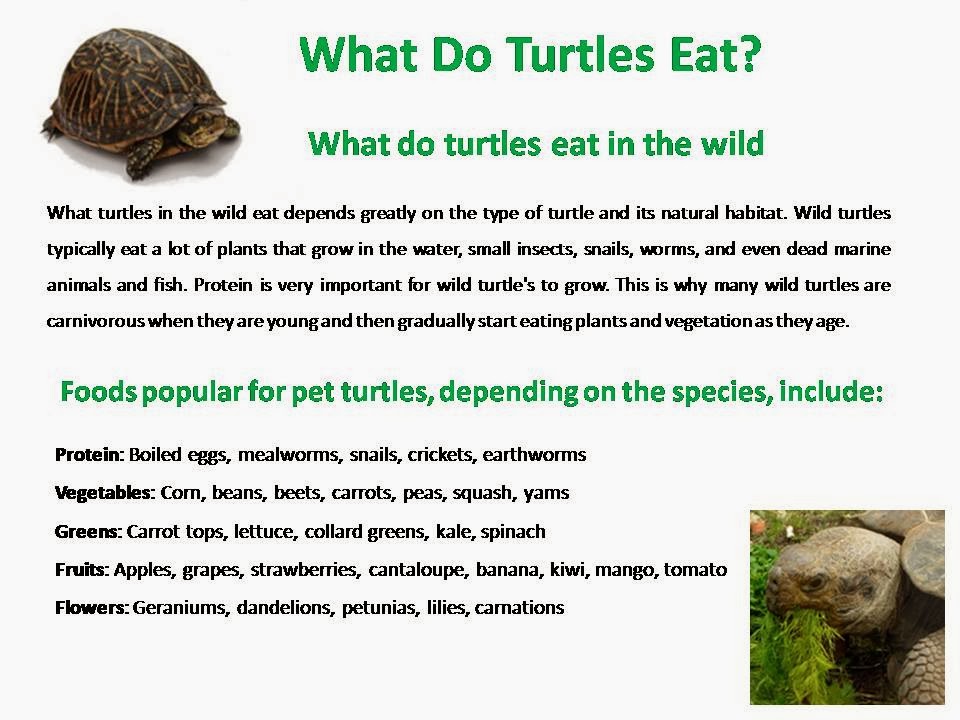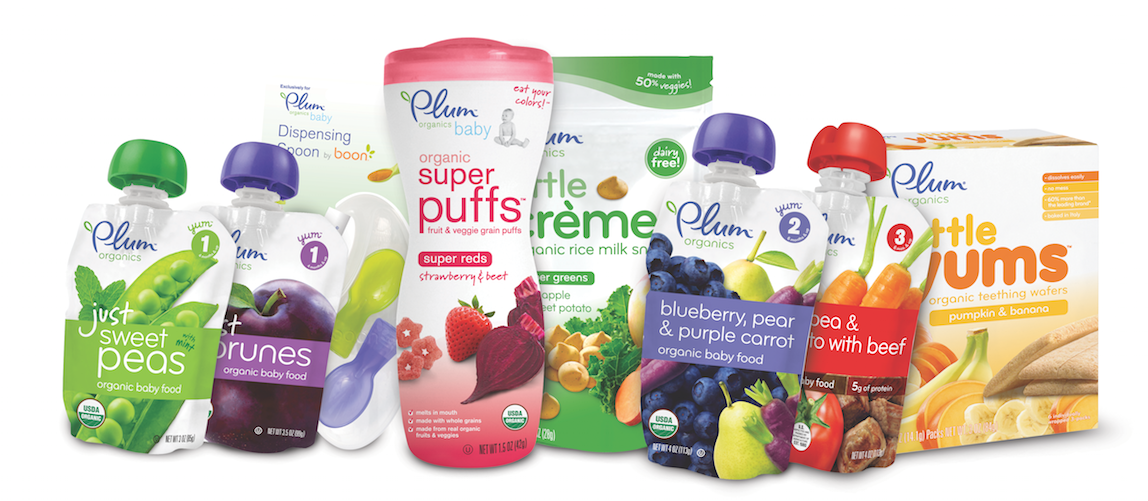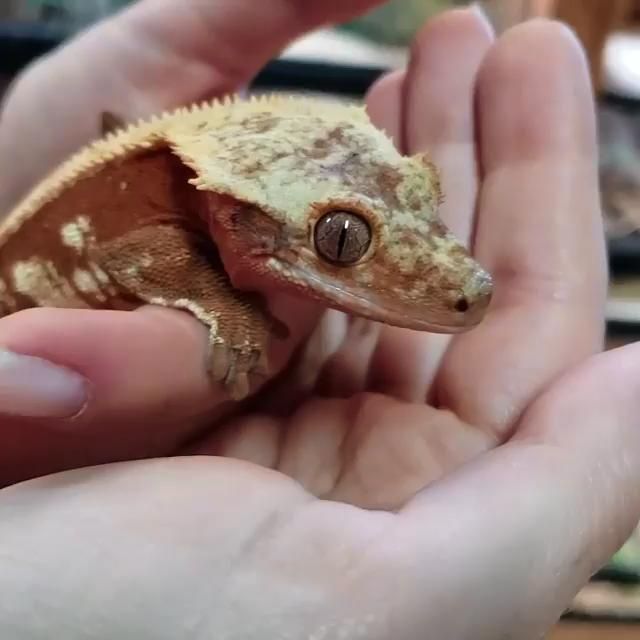16 month baby not eating food
8 Things You Can Do When a Toddler Refuses to Eat
Get real solutions for when a toddler refuses to eat that you can start using today, and learn about why toddler eating habits matter. You’ll also find food ideas for picky toddlers inside!
Terrified. Overwhelmed. Confused. When you’ve placed another meal in front of your toddler and they’ve refused to eat it again, you’re likely feeling all of these different emotions. Those feelings only intensify when you’re around another toddler that’s eating well. You can’t help but wonder why your toddler won’t eat.
As an occupational therapist that specializes in feeding, I’ve worked with a lot families that have a toddler refusing to eat and I know often times the next thought is that you’ve done something wrong.
This is almost NEVER the case. Unfortunately, the idea that you should’ve done something differently or are doing something wrong now is often only innocently perpetuated by friends, family, and possibly even their doctor. When toddlers don’t eat, people get confused, and naturally want to place the blame somewhere.
If you’re currently blaming yourself or feeling guilty in any way, let’s put an end to that now, because I’m going to let you in on what a lot of parents and professionals don’t know and that’s why toddlers refuse to eat and how to help them!
Toddler Eating Habits
First, we’ve got to talk about the nature of a toddler because this absolutely plays a role in their eating.
Once babies become toddlers at one year old, their growth slows down from the insanely accelerated pace as a baby and that means they actually need less calories. It is completely normal for toddlers to eat less or seemingly to not eat a lot. You can check out more in Toddler Portion Sizes.
On top of their need for less calories, toddlers are often new walkers and want to explore their environment. They’re interested in everything and curious. While they’re absolutely adorable at this age, it’s also an exhausting time for parents.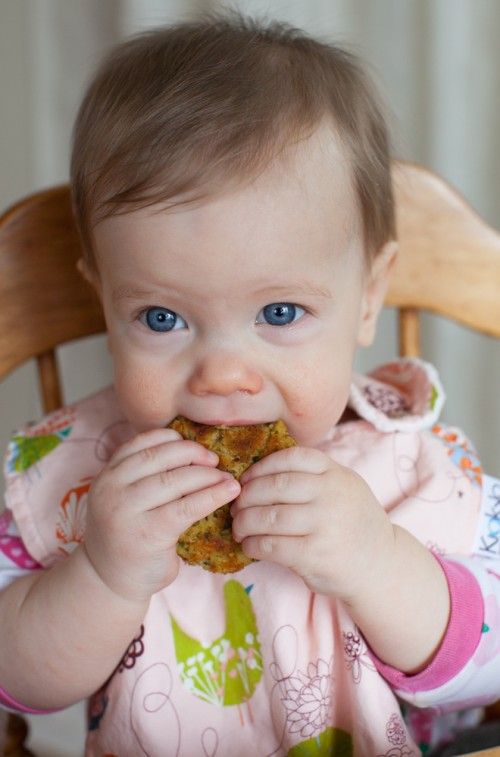 You’re moving every knick-knack in your home, table tops are bare, and safety gates are in place because they’re into everything.
You’re moving every knick-knack in your home, table tops are bare, and safety gates are in place because they’re into everything.
Many toddlers can’t be bothered with sitting because of this need to explore, and that includes when it’s time to eat!
To make it even more challenging for toddlers to eat a full meal, their attention span leaves a lot to be desired. They’re easily distracted (which can be used to your advantage), but for some toddlers, this can create the perfect storm to refuse to eat.
That means that a toddler’s eating habits are often:
- Quick – They don’t want to be seated for long. Or, they may have a hard time sitting to eat at all. They usually don’t eat a lot, which is normal.
- Exploratory! – They may like to get messy or squish their food.
- Picky – If something looks new or different, they’re likely to avoid it. This often results in throwing food on the floor.
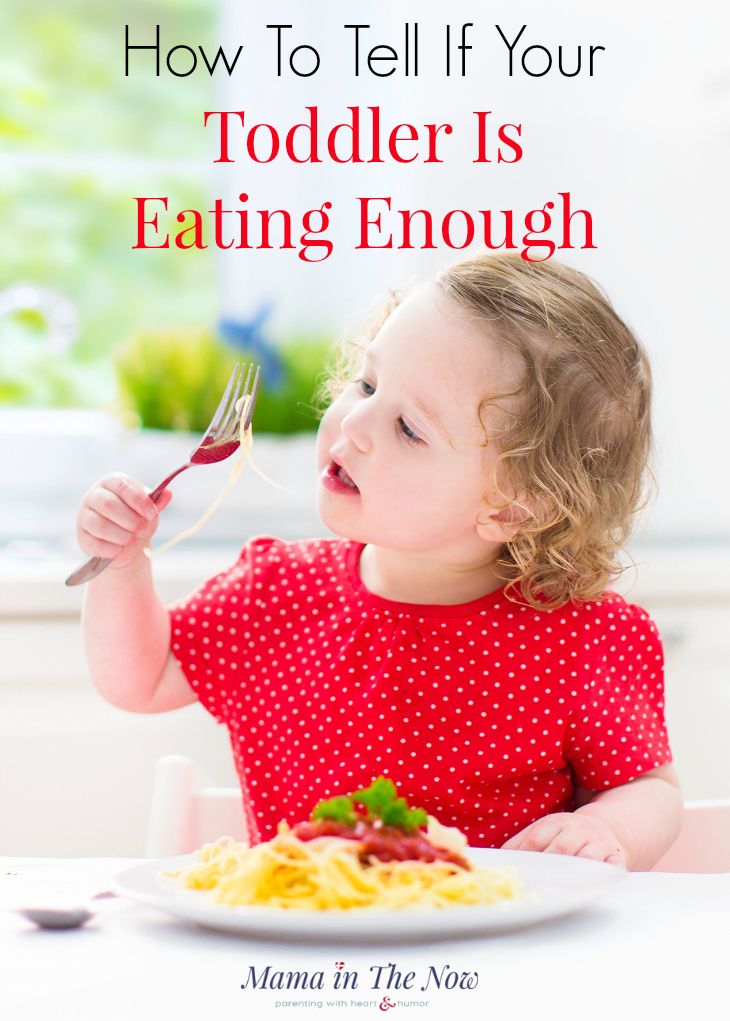 Head to Stop Throwing Food on the Floor for some specific tips!
Head to Stop Throwing Food on the Floor for some specific tips!
Why A Toddler Refuses to Eat
It’s 100% normal for a toddler to refuse to eat – sometimes. This happens because of those normal toddler eating habits, it’s part of the stage they’re in, despite how annoying and worrisome it is to their mama.
But, some toddlers refuse to eat ANYTHING or mostly anything. Ever. This is a different situation, and is likely caused by some other factors – none of which are your fault:
1. Difficulty learning to eat table foods – More babies than most people realize don’t make a smooth transition to eating real food after their baby food. Some get stuck on purees or even refuse those as well and continue to rely on their milk or formula. If a toddler never learned how to eat, they likely have no desire to do so at this point.
The good news is that you can still teach a toddler to eat table and finger foods.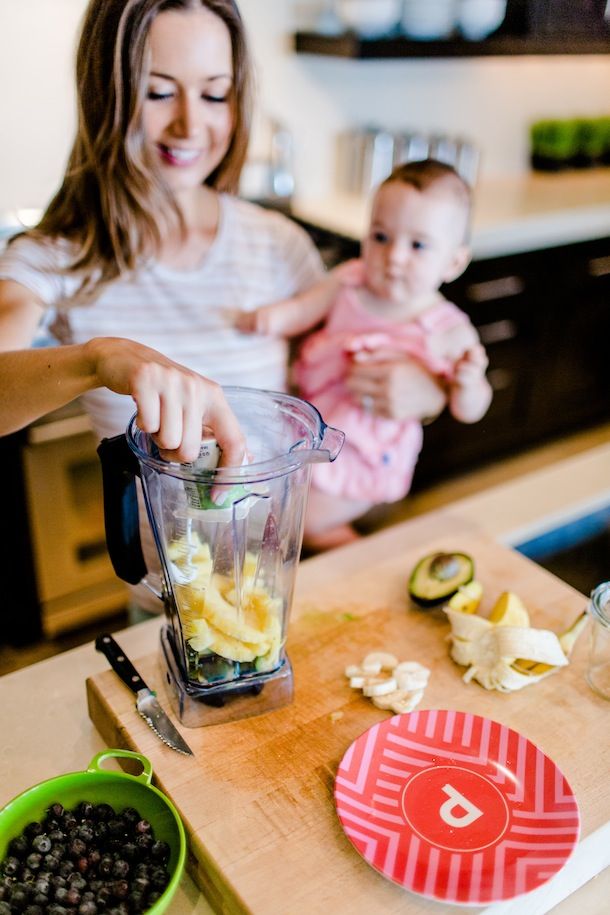 It takes some time and patience, but I’ve got a step by step guide for you over at How to Transition Your Toddler to Table Foods.
It takes some time and patience, but I’ve got a step by step guide for you over at How to Transition Your Toddler to Table Foods.
2. Sensitivity to textures – Some toddlers are so sensitive to different textures that they’re either very limited in what they’ll accept (i.e. only crunchy foods) or just won’t take anything because the texture is so overwhelming to them. This can be difficult for us to relate to, after all, the texture of eggs seems just fine to you.
But, their brain is telling them that it looks, feels, or tastes yucky.
Other signs that your child is sensitive to textures is that they don’t like getting messy or will gag when they smell/see/touch/taste foods. Often, they’ll also not like to have their hands dirty. Learn more in Sensory Issues with Food.
3. Can’t chew well – It’s quite easy to overlook, because chewing is something we take for granted. But, some toddlers never learned to chew well or can’t move the food around in their mouth.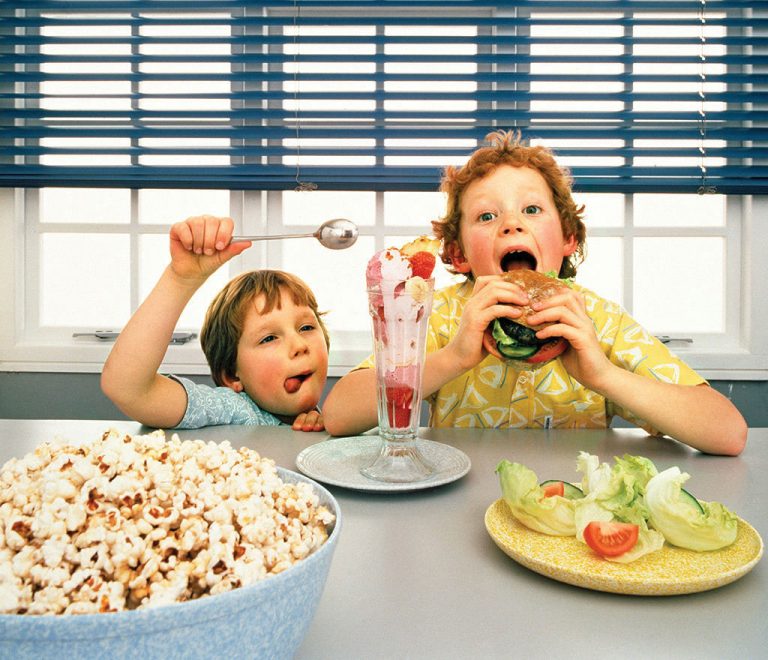 When toddlers are struggling with this, or their oral-motor skills, they’ll often have food fall out of their mouth, gag after chewing, or lose track of the food in their mouth.
When toddlers are struggling with this, or their oral-motor skills, they’ll often have food fall out of their mouth, gag after chewing, or lose track of the food in their mouth.
4. Grazing – Because of the toddler eating habits we talked about above, letting your toddler graze on food throughout the day seems like a good solution, and you may have no other choice right now. However, constantly eating a bite or two of food throughout the day never allows them to get hungry and they don’t learn to eat a new food.
I know it can seem like the only option sometimes, but breaking this habit is important for teaching your toddler how to eat at meals.
5. Underlying medical – If none of the above reasons feels like what is going on with your child, it’s possible there’s some underlying medical reason they aren’t wanting to eat. While it’s usually the last thing I consider, unless there’s obvious signs, it’s worth considering if your toddler has silent reflux, allergies, or possibly some other medical reason for refusing to eat.
Reflux and allergies can greatly affect appetite or make it painful to eat, and there are lots of other medical possibilities, as well. To get to the bottom of it, check with your child’s pediatrician, or schedule an appointment directly with a pediatric gastroenterologist.. You can find some additional recommendations for spotting food allergies in kids from Healthy Children.
*If your child is 3 years old or older, check out 5 Reasons Kid’s Refuse to Eat for additional details.
*Come learn the 3 Keys to Turn Picky Eating Around in my free workshop! We’ll send you a free workbook too!*
Are They Just Being a Picky Eater Toddler?
After hearing these deeper causes of a toddler refusing to eat, you might be asking yourself, “What if my child is just being a plain old picky eater toddler?” And, the answer is maybe.
The reality is that most toddlers are picky eaters. It’s a normal part of development that starts between 1 and 2 years old and lasts through age 3-5 (sorry to be the bearer of bad news!) Being a picky eater toddler means that they refuse some foods and have other favorite foods that they prefer and usually eat well. It does not mean that they always refuse food. If you’re here because your toddler almost never eats, it’s more likely one of the reasons from the previous section is in play.
It does not mean that they always refuse food. If you’re here because your toddler almost never eats, it’s more likely one of the reasons from the previous section is in play.
How to Help the Toddler Refusing to Eat
Okay, let’s get to the nitty gritty. I want to share with you some of my best and most impactful feeding expert tips, ones that you can start using today.
One caveat though: be patient.
That may be the hardest advice to hear because you may be at the end of your rope with your toddler refusing to eat. I get that, but making the effort to dig a little deeper and not only be patient with them, but be patient in waiting for these tips to take hold, will get you on the path to your toddler eating!
Affiliate links used below. See full disclosure.
Here’s the tips for the toddler that refuses to eat:
- Get them on a schedule – Where they only have milk with their meals or shortly after.
 Pop over to How Much Milk Does My Toddler Need, if you aren’t sure how much they should be drinking in a day. And, if you’d like a sample, I have a sample Feeding Schedule for 1 Year Olds.
Pop over to How Much Milk Does My Toddler Need, if you aren’t sure how much they should be drinking in a day. And, if you’d like a sample, I have a sample Feeding Schedule for 1 Year Olds.
- Schedule meals so that they’re 2-3 hours apart – Avoid grazing on snacks or other foods in between so they’re really hungry when they sit down. It only takes a few cheerios for a toddler to refuse their next meal.
- Give small portions and try to stick to foods that they seem to like – If you have no idea, think crunchy, this is low texture and actually easier to chew, if it’s a meltable crunchy food. Puffs, graham crackers, and cheese curls, are all good starters.
- Choose a spot to have most of your meals, the consistency of eating in the same place will help them adjust to the routine – Ideally, this is in a high chair or strapped booster seat. If your child has a total meltdown sitting at the table, then Check out How to Keep Your Child Seated at Meals.
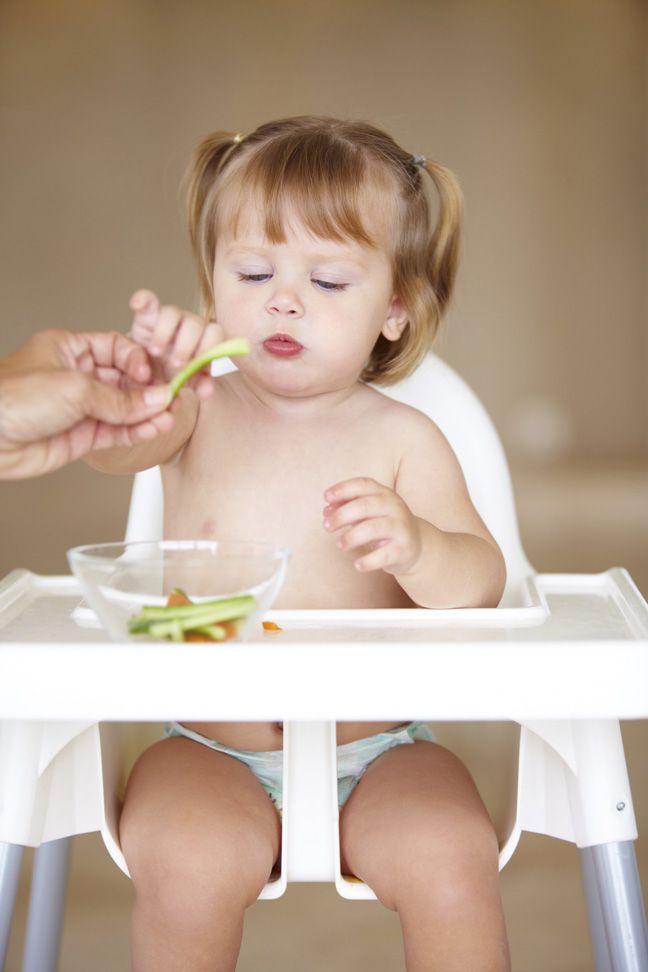
- Let them get messy! – Yes, this is super important, albeit annoying to tired moms, because toddlers need to explore. And, it’s even more important if your toddler seems to not want to get messy. Remember how we talked about being sensitive to textures, this will help them NOT be sensitive. The more they play in and touch different textures, the better. An excellent way to do this either through specific messy play or sensory bins.
- Eat together – Even if they’re currently refusing to eat, sit down and eat while they sit there, if only for a few minutes. Focus on the meal simply being a positive experience, even if your just chatting with your toddler for a few minutes while they have some food on their tray.
- If you think your child is having trouble chewing or swallowing food, check out my Oral Motor Skill Activities – Blowing whistles, bubbles, or chewing on teethers may be just what your child needs to strengthen these skills.
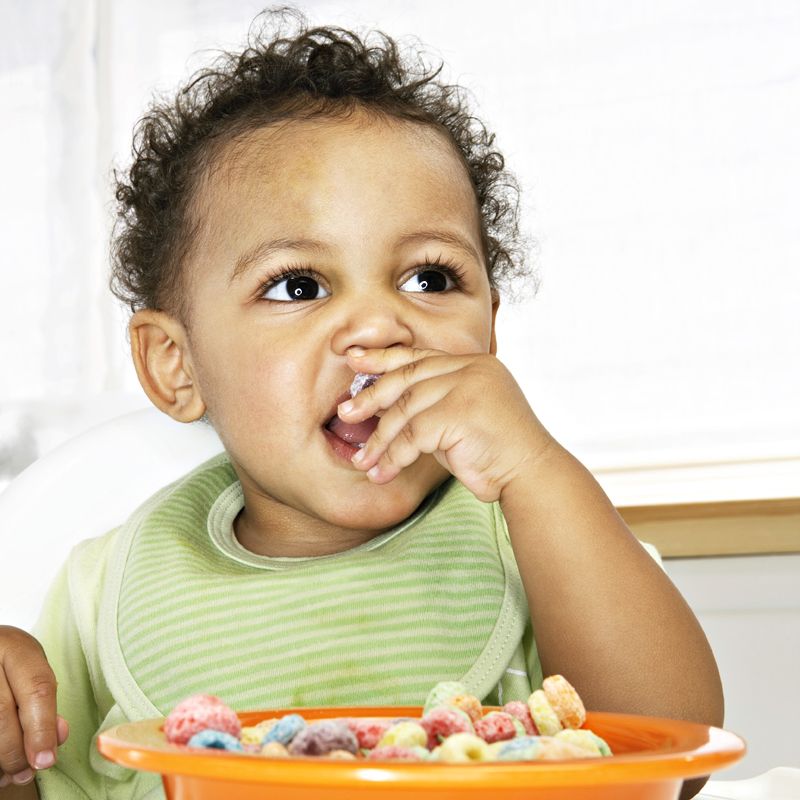
- Change something unexpectedly to grab their interest – When your toddler refuses to eat the food you put in front of them, one of my favorite tricks to pull out and take advantage of their short attention span is to change something up. I may get out a different utensil that’s more colorful, and say “Oh, did you want the airplane fork?” And then I’ll stick their food on it, lay it on their tray, and act like I don’t care what happens next.
- Or, I might cut it differently, saying “Oh, here’s a little piece” – This doesn’t always work, but it does more often than you’d think and is worth a try. Get creative in changing up some small aspect of the meal to shift their focus from refusing or crying to at least acknowledging their food!
- Use a divided plate – Picky eaters and toddlers get worried that their food is going to be ruined if it touches something else.
 In part because mixed textures taste different and can be more difficult to chew, but also because they’re worried it may taste different. The divided plate you see in the pictures above is from Target, but we use these ones too and I love them!
In part because mixed textures taste different and can be more difficult to chew, but also because they’re worried it may taste different. The divided plate you see in the pictures above is from Target, but we use these ones too and I love them!
Foods for Picky Toddlers Refusing to Eat
While every toddler is unique and has their own food choices, there are some foods that may be more likely to be eaten that others. When I’m working on feeding as a therapist, these are some of the specific foods I’ll focus on as we make progress. But, if your toddler never ate table foods, you’ll want to start with those meltable crunchy foods.
Or, if your child has a few foods they do eat, you’ll want to build off of them, introducing foods that are similar. This is a popular feeding technique that’s often referred to as food chaining. You can learn more about this powerful picky eating tip here.
So, generally speaking, here are some specific food ideas for picky toddlers:
- Thin apple slices
- Frozen peas
- Thin and crispy chicken nuggets (I personally love the Dino Nugget brand, they pique toddlers interest because of the shape and are low texture with the bread crumbs and amount of chicken inside)
- No-hull popcorn
- Garlic bread (not to heavy on the garlic)
- Toast with butter
- Bread sticks
- Plain noodles
- Bacon crumbles
- Pan fried quesadillas (start with just a little bit of mild tasting cheese in a tortilla and make it a little bit crispy)
And, if you want to get even more inspiration for toddler meals, check out these lists:
- The Essential One-Stop Guide for Easy Toddler Meals
- The Ultimate List of Baby/Toddler Meal Ideas
- The Greatest Toddler Breakfast Ideas, Easy + Healthy
- The Most Awesome Toddler Lunch Ideas You Can Find!
I know the food is what most parents focus on and I get it, so I made this quick little video just explaining in some more detail how to find the best foods to feed your toddler, whether they’re picky or flat out refusing to eat. It’s important to find out which of the two categories your toddler falls into…
It’s important to find out which of the two categories your toddler falls into…
Need More Help for When a Toddler Refuses to Eat?
As I already mentioned, a lot of toddlers that never learned to eat table foods now seemingly refuse to eat all foods. If that’s the case with your child, grab our free printable pack: Teach Your Child to Eat Table Foods. I’ll deliver the simple steps you need to take right to your inbox.
Get the Free Table Foods Printable Here
And, if your child is hardly eating anything and you’re concerned about their growth and nutrition, I highly recommend talking to your doctor and/or looking into feeding therapy for you toddler.
Did You Pin This?
If this guide on toddlers refusing to eat has been helpful, pin it to your toddler or parenting board. It’s packed with lots of info and you may want to find it again!
Citations and References for this Article:
Teaching Chewing: A Structured Approach Nicholas Eckman, Keith E.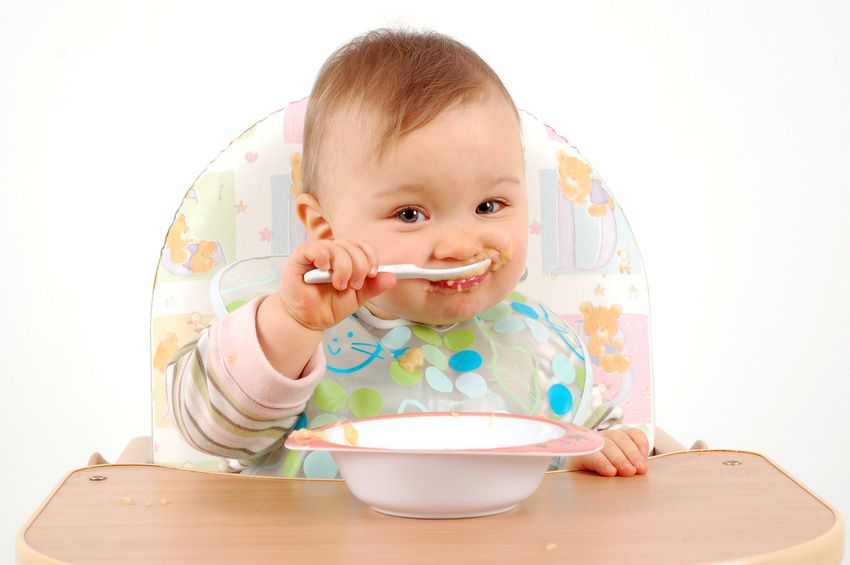 Williams, Katherine Riegel, and Candace Paul (The American Journal of Occupational Therapy, 2015) https://ajot.aota.org/article.aspx?articleid=1867108
Williams, Katherine Riegel, and Candace Paul (The American Journal of Occupational Therapy, 2015) https://ajot.aota.org/article.aspx?articleid=1867108
Learning to eat: birth to age 2 y Leann L. Birch and Allison E. Doub (The American Journal of Clinical Nutrition 2014) https://academic.oup.com/ajcn/article/99/3/723S/457749
Parental Influence on Eating Behavior, Conception to Adolescence Jennifer S. Savage, Jennifer Orlet Fisher, and Leann L. Birch (US National Library of Medicine, National Institute of Health, 2008) https://www.ncbi.nlm.nih.gov/pmc/articles/PMC2531152/
Food Chaining: The Proven 6-Step Plan to Stop Picky Eating, Solve Feeding Problems, and Expand Your Child’s Diet Cheri Fraker, CCC-SLP, CLC, Mark Fishbein, MD, Sibly Cox, RD, LD, CLC, Laura Walbert, CCC-SLP, CLC (Da Capo Press 2007)
Just Take a Bite: Easy, Effective Answers to Food Aversions and Eating Challenges! Lori Ernsperger, Ph.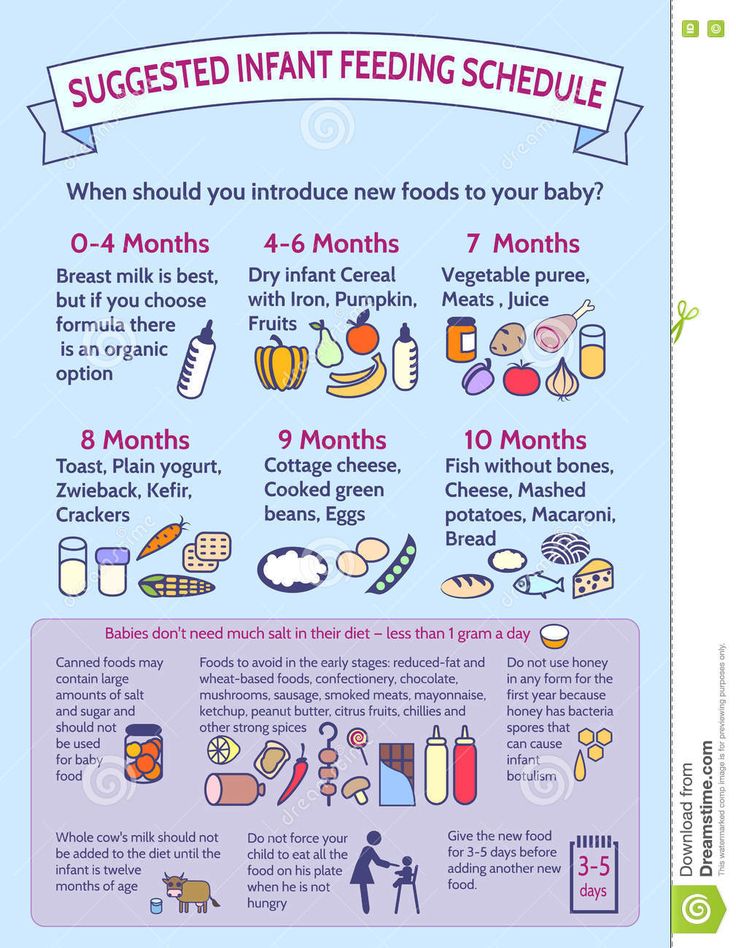 D. and Tania Stegen-Hanson (Future Horizons, Inc 2004)
D. and Tania Stegen-Hanson (Future Horizons, Inc 2004)
Alisha Grogan is a licensed occupational therapist and founder of Your Kid’s Table. She has over 14 years experience with expertise in sensory processing and feeding development in babies, toddlers, and children. Alisha also has 3 boys of her own at home. Learn more about her here.
Picky Toddler Not Eating? Here's What's Normal and What's Not
Is your picky toddler not eating? It happens to all of us at one time or another. Here’s why it might be happening…and what you can do to make it better (or at least how to know what’s normal so you can relax).
Picky Eating in Toddlers
You get everyone to the table and bring out the food. Your toddler won’t eat, throws a fit, or fusses. No matter how hard you try, this is often the reality of feeding toddlers. The good news is that a toddler not eating is actually quite normal.
The bad news? It’s a difficult thing to know exactly why your toddler isn’t eating—and what exactly you should do about it.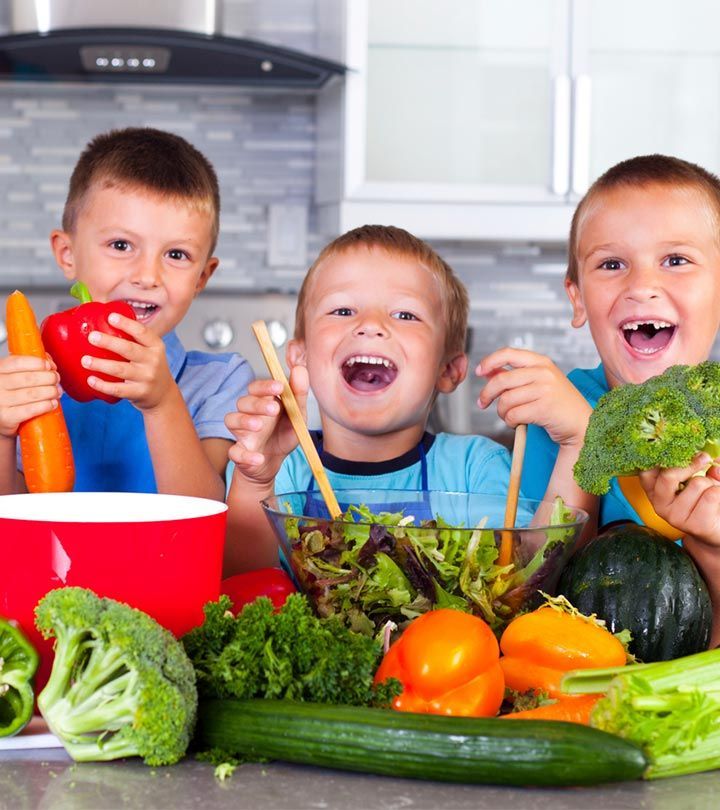
But there are simple steps you can take to improve the situation.
Toddler Not Eating? Here’s What to Do
Family meals are a chance to be together at the end of a long day, to enjoy food, and to create daily rituals and routines. But when a toddler won’t eat, whether at the family table or not, it can throw off even the best of intentions. And it can make meal time a huge source of stress.
The reasons a toddler won’t eat are unique to each kiddo and situation, so I’m going to try to be as comprehensive as possible here.
Daily Toddler Nutrition
For a quick reference, you can download my Printable Toddler Nutrition Guide so you can refer to it for reassurance and information. Use it as a guide, not a hard-and-fast rule, since kids aren’t robots and will not eat like a chart. I share this first because portion sizes may actually be a lot smaller than you realize and often we are simply overestimating the amount that our kids need.
(Aim to serve healthy fat with most meals or snacks since little kids need it for proper brain development. )
Why does my toddler refuse to eat?
It’s very possible your toddler’s not eating because he simply isn’t as hungry as he was when he was a baby. Toddlers grow less rapidly than babies and may be less hungry and need less food than you expect. If you give them a larger portion size than they need, they may eat some and leave the rest—and it may visually look like they haven’t eaten anything even though they did.
And toddlers don’t always have the words to be able to effectively communicate that they aren’t hungry, so they may just refuse to eat. This may look like playing with food, throwing food, or flat-out refusing to have anything to do with food.
A normal toddler meal may be two bites of a food. Or it may be a whole plate. A normal toddler may like something immensely one week and not at all the following week.
This is to be expected and is 100% normal.
Or, it’s entirely possible that once they have it in their head that they don’t want something, they won’t eat it.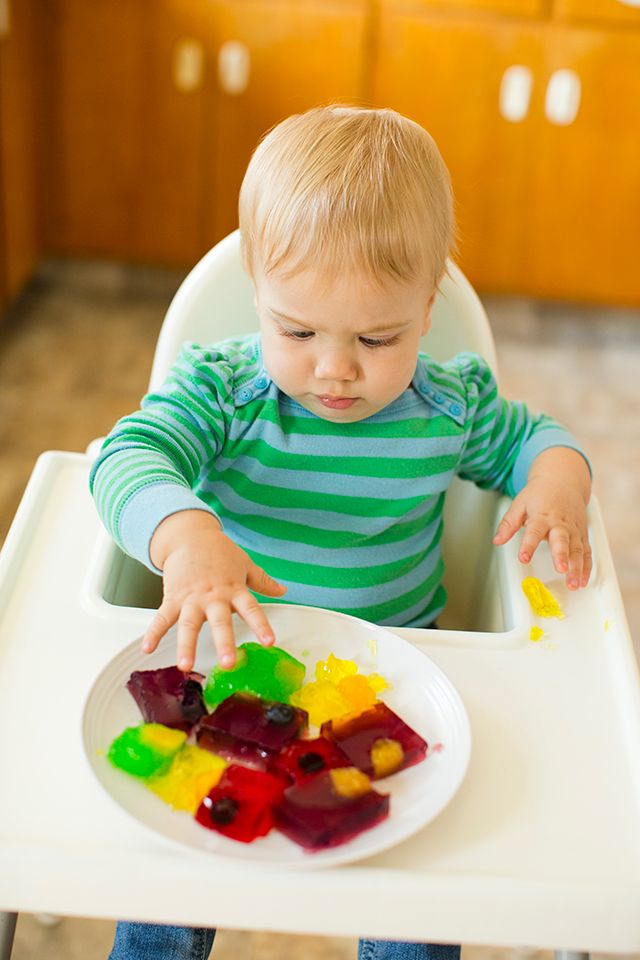 Sometimes not wanting dinner is about power. Toddlers are in the developmental stage where it’s normal for them to test boundaries. They are learning what they can and cannot do and the effects their actions have—both at the table and away from it.
Sometimes not wanting dinner is about power. Toddlers are in the developmental stage where it’s normal for them to test boundaries. They are learning what they can and cannot do and the effects their actions have—both at the table and away from it.
Talk with the rest of your family about how to create some structure around meals—when they happen, where they happen, who sits where, if music is playing, if phones are put away—to help your child know what to expect. Toddlers thrive on routine and attention.
Try:
- Consider using only water between meals and snacks (to avoid filling bellies up with milk or juice if that’s a potential issue).
- Serve very small portions to start to avoid wasting food or overwhelming the kids with large portions. Think a single piece of broccoli, one chicken nugget, or one small scoop of yogurt to start.
- Create some mealtime structure so there are set expectations at the table. This could be as simple as always sitting down at the dining table or the kitchen counter.

- Let it be ok if a child isn’t as hungry as you expect them to be. (The Division of Responsibility can be helpful here.)
How do I get my picky toddler to eat?
There are a few ways to rethink this issue. First, if you are in the habit of short-order-cooking the foods you know your toddler will eat, you may want to consider stopping. Explain to your kids that we’re having such-and-such tonight but that you will make their requested favorite food soon. Then follow through so they know they can trust you!
Then, make sure there are 1-2 foods on the table that the child usually likes, even if it’s something simple like fruit or cheese. Surround them with the food you want them to eat and let them decide what and how much of it to eat.
Using this Division of Responsibility in Feeding approach to meals can be a total GAME CHANGER, as it clearly delineates what the parent and child are each responsible for at the table, lessening pressure on everyone. It also gives the child a chance to stay in touch with their own hunger cues without prodding, pushing, or cajoling—which has the added benefit of helping to make mealtimes more enjoyable for you, too.
We want our kids to know their own hunger and fullness cues so they know how much to feed themselves as they grow into adolescents and adults when we aren’t around. And those cues can be hard to tap into if they are constantly overridden by external cues (like if we push them to eat a certain amount), however well-intentioned.
You can also try to involve them in doing something to help get ready for the meal to distract them from their concern about what’s for dinner. Try letting them help to set the table, help with simple meal prep (like washing veggies), or wash their hands. Hand washing is an excellent toddler-diversion tactic when they get upset about something.
If you are okay with cooking separate meals for your kids because it works better for you right now to know they will eat the food you make, then by all means, do that.
But if you’re wanting your child to eat family meals and eventually eat more of the same foods as the rest of the family, then try the tips I just shared above.
Remember: Even if you follow all feeding advice “perfectly”, your child may still eat differently than you expect. That is normal.
It is incredibly difficult to accurately estimate someone else’s hunger. I am a big proponent of moving from the goal of “getting the kids to eat” towards “how can I make mealtimes happier for all of us?”.
TIP: Almost every toddler is “picky” in one way or another at some point. Toddlers are quirky, it’s part of the fun! (And the challenge, of course.)
Why did my toddler stop eating?
If your child is playing with their food rather than eating it at the start of the meal, chances are they aren’t hungry enough to eat. Take a break and try again in 30 minutes if possible—or for the next snack or mealtime.
If your child just doesn’t seem hungry for any food or much food, consider how long it’s been since their last meal or snack, how much milk (or juice) they’re drinking throughout the day, how much they ate at their last meal or snack, and whether they are teething or tired or otherwise off.
It’s very possible a toddler won’t eat simply because they aren’t as hungry as you expect them to be.
Or they may be hungrier earlier in the day and taper off with their intake as the day goes on.
If your toddler won’t eat foods he once liked, try serving them in new ways—such as cutting carrots into sticks rather than rounds before cooking them, but also remind yourself that it’s normal for toddlers to go through phases of loving and not loving foods. They may be obsessed with blueberries one week and not want them again for two months.
It’s possible they simply need a break from having certain foods as frequently. That is OK. (And very relatable!)
Try:
- Serve very small portions to start to keep your own expectations of how much they should be eating in check. Then, allow seconds (or thirds) according to the kiddo’s hunger.
- Space out meals to 2-3 hours apart to allow time for hunger to build. And remember that their hunger may change during different phases of growth.
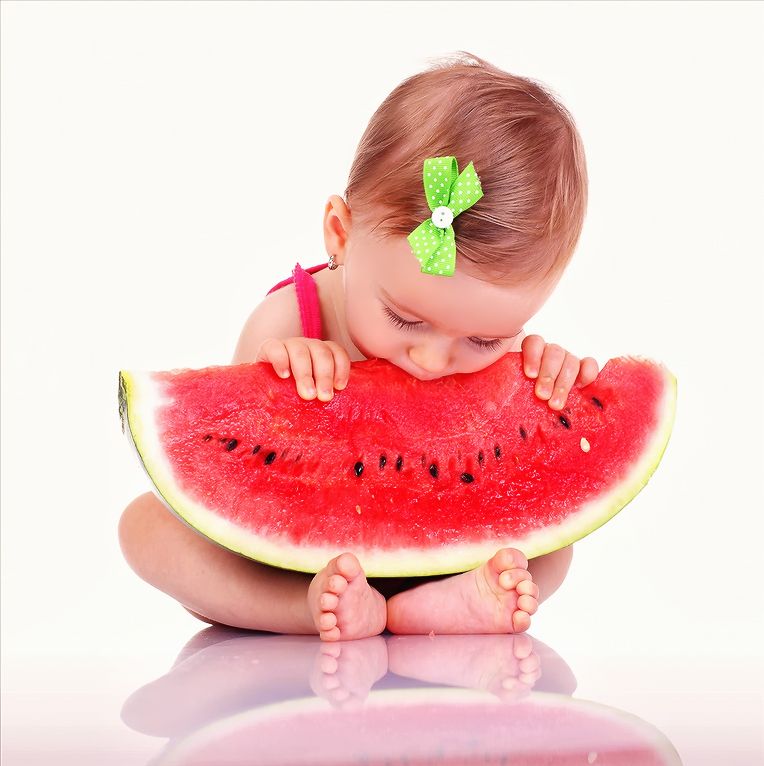
- Remember that there are simply times when kids aren’t hungry or aren’t as hungry as we expect. That is not a sign of pickiness, just their way of telling us that they aren’t hungry at that moment.
What if a toddler won’t eat anything but snacks?
Often, if a toddler knows there is a snack ahead that includes traditional “snacky” foods, they won’t eat the meal you are serving. It can help to serve “regular” food at snack time, instead of relying on crackers and fruit snacks, and serve classic “snack” foods with meals. This can even out the appeal of all food intake opportunities.
In other words, think of snacks as mini meals and serve all types of foods at each eating opportunity.
Kids often relax when they have access to their favorite foods, so there’s nothing wrong with serving Goldfish crackers along with strawberries and a hard-cooked egg. Or a chocolate chip snack bar with a banana and carrot sticks. It’s all good!
When it comes to feeding, the best thing you can do is to give your child lots of low-pressure opportunities to see (and maybe) eat a range of foods—while still offering foods your kids you know your kids usually eat. It’s all about balance…for everyone involved.
It’s all about balance…for everyone involved.
It still counts as an exposure even if a child doesn’t eat a food. They can touch it, see it, learn what it’s called, and add to their food literacy—which can be helpful over time as they grow.
Try:
- Buy more of the foods you want your kids to eat, but still include foods they love so they avoid feeling restricted.
- Serve small mini meals at snack time instead of traditional “snack” foods and incorporate more traditional “snacks” into meals—like crackers alongside soup, for example.
- Think of all eating opportunities as “mini meals” and serve all foods at all times to lessen the appeal of “snack” a little.
- Stick with a routine for meals and snacks by having them at set times (roughly) and avoiding all day grazing.
Is it normal for my toddler to refuse to eat?
There will be times when your toddler simply doesn’t like a meal you make. And whether it’s the texture, flavor, appearance, or the way the wind is blowing, we may never know, but it will happen.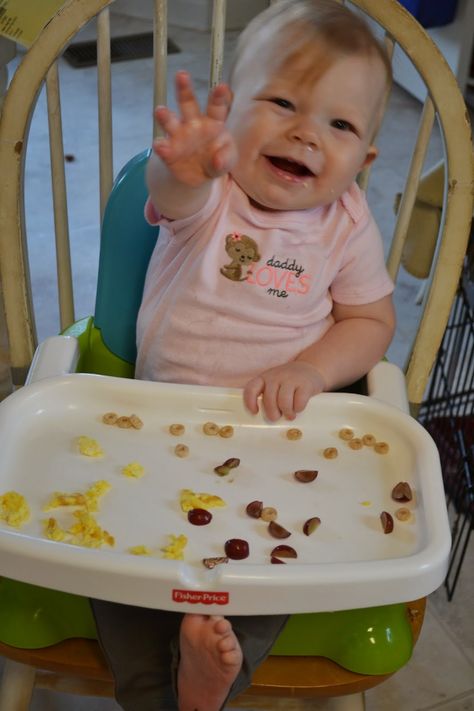 Or, a toddler won’t eat at times because they are either not that hungry or they know you will get them something they prefer if they refuse.
Or, a toddler won’t eat at times because they are either not that hungry or they know you will get them something they prefer if they refuse.
A child will usually choose a more familiar, fun, and safe food when given the chance. But if you pair safe foods with other ones, they can gently expand their accepted food range. Or, at the very least, have those exposures to other foods (even if they don’t eat them yet).
My method is to make family dinner, including 1-2 foods per meal that the kids usually like even if those foods are a simple side of fruit and milk. Then, if they don’t want to eat, I can trust that they aren’t hungry.
This is a very reliable method if you do it regularly. I do realize this is hard when it’s 6 p.m. and your little one hasn’t eaten a thing for dinner. If that happens and they legitimately seem hungry after dinner, wait at least 30 minutes (so they don’t feel rewarded for refusing dinner) and offer a super boring bedtime snack like a banana. If they are hungry enough for boring food, you know they are hungry!
If your toddler seems to legitimately dislike a meal, you can institute a “backup meal” to give them the chance to satisfy hunger.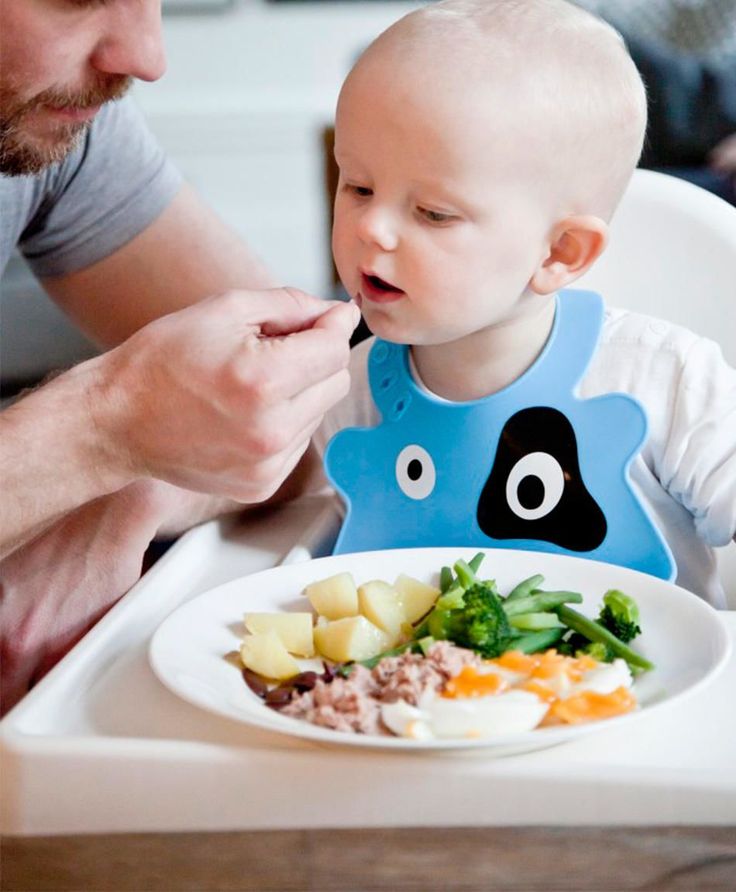 Choose something plain that they would likely never choose to eat by themselves and offer that and that alone so you don’t have to negotiate in the moment. (To me, this is something that should be used very rarely since it can create more work, especially if you have multiple children.)
Choose something plain that they would likely never choose to eat by themselves and offer that and that alone so you don’t have to negotiate in the moment. (To me, this is something that should be used very rarely since it can create more work, especially if you have multiple children.)
Good backup meal options in our house are plain yogurt with granola, plain toast with nut butter, a scrambled egg, or a bowl of cereal. We keep the options plain.
Try:
- Avoid getting up during a meal to get different food at your toddler’s request. Instead, aim to include 1-2 foods they usually like in any meal to ensure they always have something to eat.
- Ask the kids (who can communicate verbally) to choose between options for dinner, such as choosing which vegetable or side dish to have from two options you have on hand. Kids like to be involved in making decisions!
- Serve a boring bedtime snack if they didn’t eat dinner and seem hungry before bedtime.
- Have one boring “backup” meal option for those rare nights when they legitimately don’t like the dinner on offer—something they probably wouldn’t ask for but are happy enough to eat if hungry.

My toddler won’t eat because he’s sick. Should I worry?
When toddlers are sick, normal eating very often goes out the window. With any illness, appetites can decrease. The general rule that our pediatrician always shares is that as long as they are drinking and going to the bathroom normally, then you shouldn’t need to worry too much.
Keep portion sizes small, keep the actual foods simple, don’t push food too hard, and trust that their little bodies are doing what they need to feel better. You can get back to normal eating when they are feeling better, and you can always check in with your doctor.
Be patient since lower appetites can linger longer than you might expect, even once a child starts to feel better. And of course, check with your doctor if they aren’t drinking, there’s another red flag, or you just need reassurance from a medical professional.
Also, toddler teething can cause reductions in hunger. Try not to expect that your toddler will eat normally when they are cutting teeth (especially not with molars!) and instead offer them plenty of liquids, chilled foods, and things that don’t require too much chewing—smoothies, yogurt, pasta, popsicles—to help avoid irritating their already sore gums.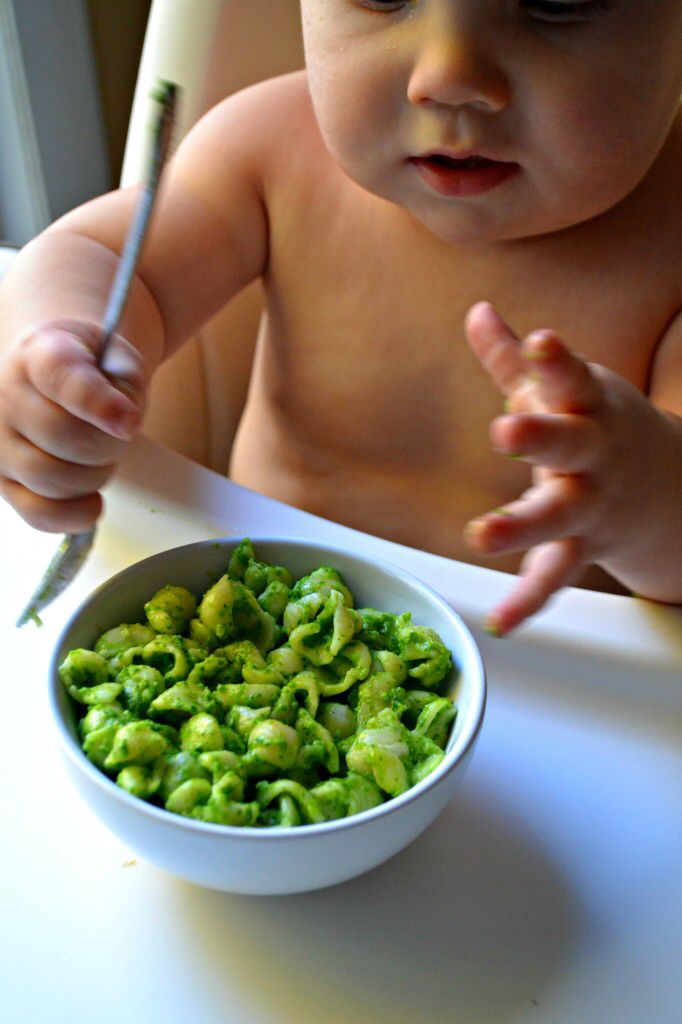
My toddler won’t eat anything but milk. Help!
If you have a toddler who’s not eating but drinks lots of milk, it’s possible that milk is filling their bellies and reducing hunger for other food. (The same can be said for any other food that they are insisting is the only food they want.)
The AAP recommends toddlers have 2-3 serving of dairy a day, which includes milk and other dairy foods like cheese and yogurt. A serving of milk for a toddler is ½ cup. Try serving a smaller portion of milk just at meals and offering water in between. (You may need to do this gradually, especially since milk is often a comfort food.)
Keep portion size in mind, especially if your toddler won’t eat anything but milk, since cups and bottles can be quite large. This 4-ounce sippy cup is a nice size to use at meals since it ensures that a toddler won’t fill up on milk and will be more likely to have room in their bellies for some food. A very small juice glass works, too.
You may need to taper down the volume in bottles if that’s how they’re consuming their milk.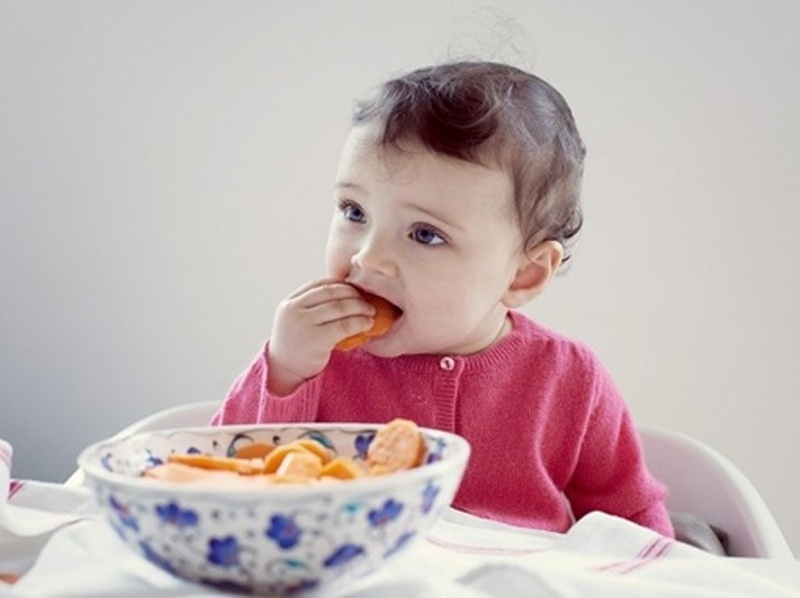
Try:
- Serve milk at meals and offer water in between.
- Serve milk in a small cup (or a smaller cup than you have been using) to help avoid serving too much at once.
- Start to decrease the volume of milk in bottles and work on moving milk to meals, rather than as separate feeding around 18 months.
- Remember that milk is often comforting for kids, so you may need to take a gradual approach with this.
How can I increase my toddler’s appetite?
Why do you want to increase your toddler’s appetite? Are you worried she isn’t eating enough of the “right” foods? That she is “too small”? Is she low on the growth curve? A good question to ask is whether her growth is consistent with her own history, not as compared to other kids her age.
Every toddler grows at their own unique speed, and it’s possible she is exactly the size she needs to be—and is eating a perfect amount for herself in her current phase.
If your toddler truly doesn’t seem to be eating enough (remember, they may eat only ¼ as much as an adult…you may need to adjust your expectations!) and there is a medical concern—such as if they have fallen off of their growth curve or are losing weight—you can try serving smaller snacks and meals more often, adding lots of healthy fats to their food, and getting them involved in the kitchen.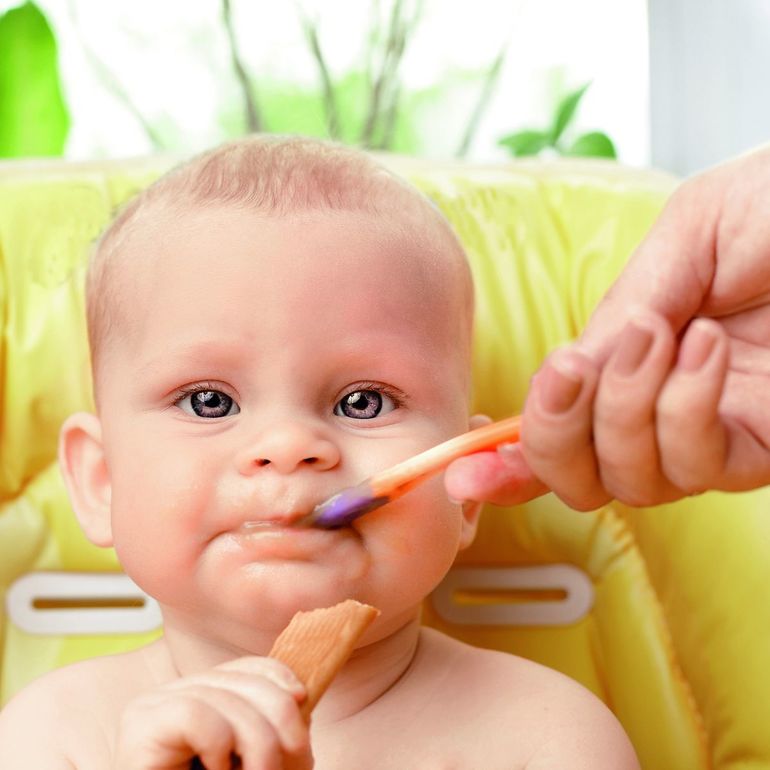
Here are some foods that may help a toddler gain weight.
Sometimes just being around food in a situation without pressure can encourage a kid to explore and enjoy more at the table, too.
Be sure to check with your pediatrician to make sure you’re on the same page about a plan if there’s a weight-loss issue.
Why won’t my 1-year-old eat?
Toddlers aren’t growing as rapidly as babies, so while your child may have eaten a lot as an older baby, he might not be as hungry now. This is very, very common in 1-year-olds.
One-year-olds are also BUSY. They have a lot going on in their little worlds and many constantly want to be moving.
Avoiding distractions at the table can help a toddler focus on their food, and keeping a consistent mealtime routine—when meals happen, where they happen, and what’s generally expected during a meal–can go a long way toward happier mealtimes for everyone.
One-year-olds are also just discovering that their actions have consequences, so they may not eat (or they may throw food or do all sorts of other behaviors) simply because they’ve realized that they can.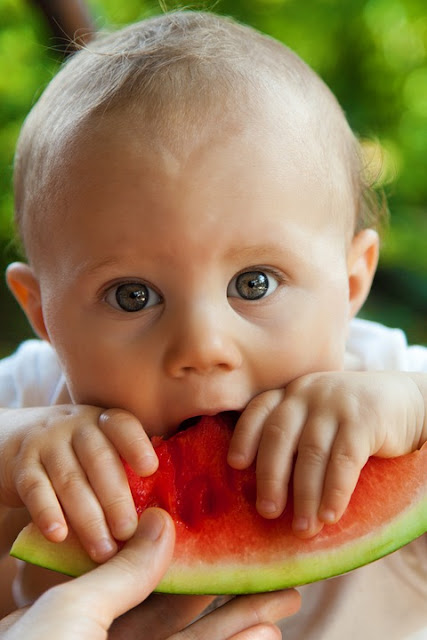 Keep your reactions during meals as low key and consistent as possible so they don’t try to get you to react. (I fully understand that this is really hard.)
Keep your reactions during meals as low key and consistent as possible so they don’t try to get you to react. (I fully understand that this is really hard.)
Try:
- Limit distractions at the table, and sit and engage with your child during mealtimes as is possible.
- Keep your reactions to undesired behavior neutral, consistent, and swift. (If they throw food, end the meal or at least take a break. If they spit out their milk, remove their access to milk. Etc.)
- Give them time to work up an appetite between meals—and avoid letting them graze all day (or at least acknowledge they are getting their calories throughout the day that way).
- Remember it’s NORMAL for a 1-year-old to be less hungry than they were as a baby. They may eat less than they used to, and we might need to adjust our expectations. This often shows up around 14-17 months; it is not “pickiness”, it’s a normal decrease in hunger.
Why won’t my 2-year-old eat?
Outside of illness or teething, a 2-year-old won’t eat for similar power dynamics as above, but they also may be much more sensitive to new foods due to a normal phase called neophobia. This fear of new foods, which usually spikes between 2 and 6 (though it can start at 1 year old), can cause them to refuse foods they once loved and foods you think they will love.
This fear of new foods, which usually spikes between 2 and 6 (though it can start at 1 year old), can cause them to refuse foods they once loved and foods you think they will love.
It can also cause them to refuse to want to eat foods mixed together or foods with certain textures.
Try to remember that this is a normal phase of development that will, in all likelihood, eventually pass. Researchers have found you may need to offer a food 8-15 times before a child may willingly try it. In other words, keep on offering the foods you want them to eat regularly in small portions and without pressure, and eat those foods in front of your child.
Because even if they don’t want it today, one day they just might surprise you some day in the future.
(Two of my kids literally refused beans for two years at our weekly taco night. Then one day, they each decided to try them. It took forever, but it wasn’t really a big deal—since they had other foods on the table during those meals they could eat—and they got to that food in their own time. )
)
For a 2- and 3-year-old, serving meals family style can also help to diffuse power struggles at the table. Simply put the components of the meal in bowls on the table and encourage and help your toddler decide what they’d like to eat. Don’t force bites of everything, unless your child responds positively to that approach, but give them space to choose what looks appealing.
This small amount of ownership over what goes onto their plate can be extremely helpful for strong-willed toddlers. A lot of times, all they really want is to feel like they have some control over their lives.
Try:
- Ask your child “how can I make this yummier?” to see if they can help you figure out how to make their food more appealing.
- Serve meals family style to diffuse power struggles and let them choose which foods to put on their plates.
- In each meal, include 1-2 safe foods they usually like to ensure they always have something to eat if they are hungry.
- Trust their appetites, which may be different than you expect and may vary a lot from day to day.
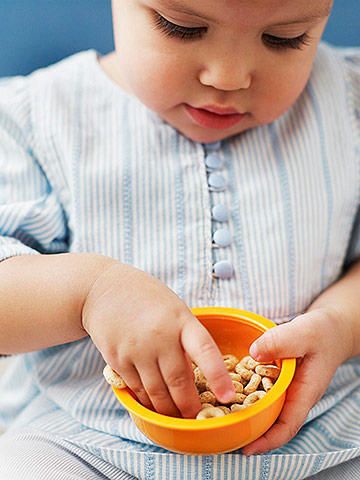
Why won’t my 3-year-old eat?
A 3-year-old may not eat for reasons similar to a 2-year-old, but they may also have more words to express themselves—so they may be more dramatic in their response. They may not be as hungry as you expect, their appetite may be unpredictable, or they may be worn out by the time dinner rolls around. (That last one is fairly common!)
Three-year-olds also know how hard they need to push to get what they want. Toddlers at this age benefit from set expectations at mealtimes and routine. Which is to say, if you start getting up to get them foods other than the ones you’ve made for dinner, they will continue to demand that you do that.
There’s no rule that says that a toddler needs to eat every single thing you serve for dinner. If they eat some of it, there’s decently good behavior, and minimal crying, that can be defined as a happy meal. Keep the bar low, my friends, and you might find that things are better than you realize!
Try:
- Serve meals family style and let them choose what to eat from the foods you put out.
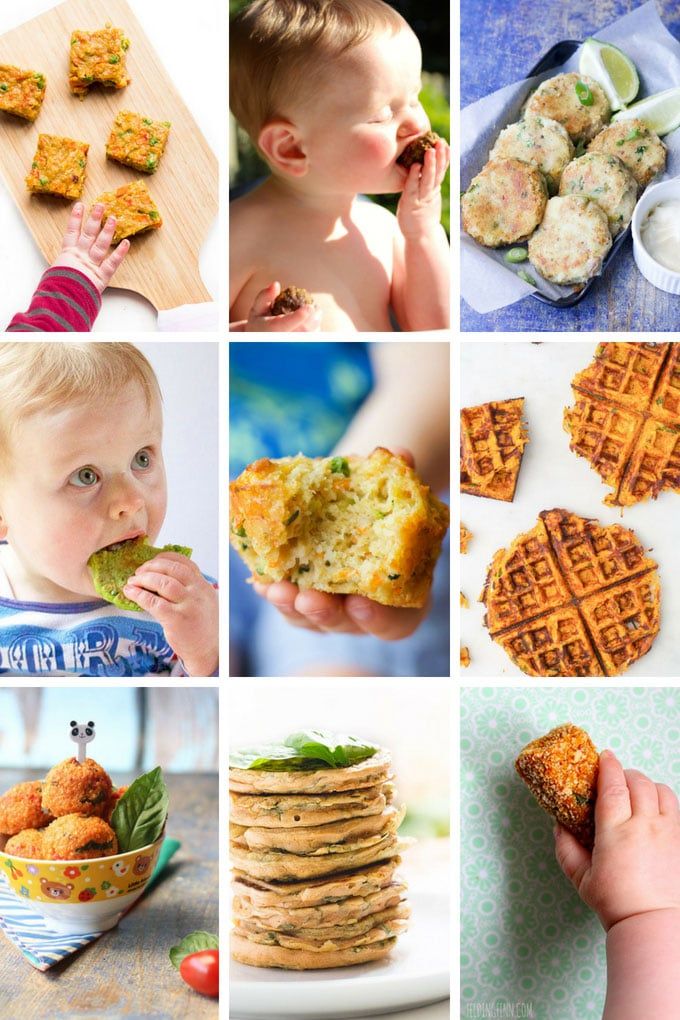
- Let them choose what to have for dinner from two predetermined options so they feel like they have more power.
- Serve very small portions to start to avoid overwhelming them.
- Include 1-2 safe foods they usually like in each meal to function as safety nets in case they don’t like the main dish.
My toddler won’t eat breakfast. Why?
You may simply have a child who isn’t super hungry first thing in the morning. Try to give them a little time to wake up before sitting down for breakfast and/or serve a smaller portion for breakfast and increase the amount of the morning snack.
If your toddler drinks milk or breastfeeds in the morning, it’s possible they have a full little belly that doesn’t have room for food. Keep that in mind if your toddler won’t eat breakfast and adjust expectations accordingly—and perhaps also serve smaller amounts of food.
My toddler is constipated—is that why she won’t eat?
It’s certainly possible! If a little one (or anyone, really) feels uncomfortable in their belly, the idea of putting food into it may not be appealing.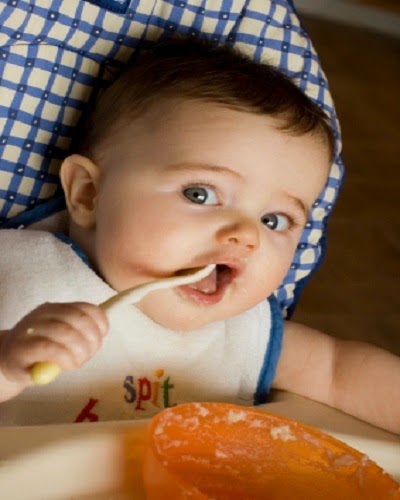 In addition to fiber, having enough water is key to alleviating toddler constipation, so offer lots of water to drink throughout the day, along with hydrating produce like melon, cucumbers, berries, and zucchini.
In addition to fiber, having enough water is key to alleviating toddler constipation, so offer lots of water to drink throughout the day, along with hydrating produce like melon, cucumbers, berries, and zucchini.
You can also try to include healthy fats (avocado, coconut oil) in their diet, or try a Constipation Smoothie, as they, too, can help food more easily move through the digestive system. And remember: Each kiddo has their own “regular,” so it’s possible that your toddler needs to go once every two or three days…or three times a day.
If your toddler has been holding it all day at school, he may not want to eat dinner because he’s uncomfortable. Try to give him a chance to use the potty, with as much time as is needed to relax, before dinner.
product we love
Feeding Toddlers and Kids Course
This Feeding Littles course is the gold standard for helping parents navigate picky eating.
Learn More
Why does my toddler always want a bedtime snack?
If your toddler has some time between dinner and bedtime, she very well might be hungry before bed.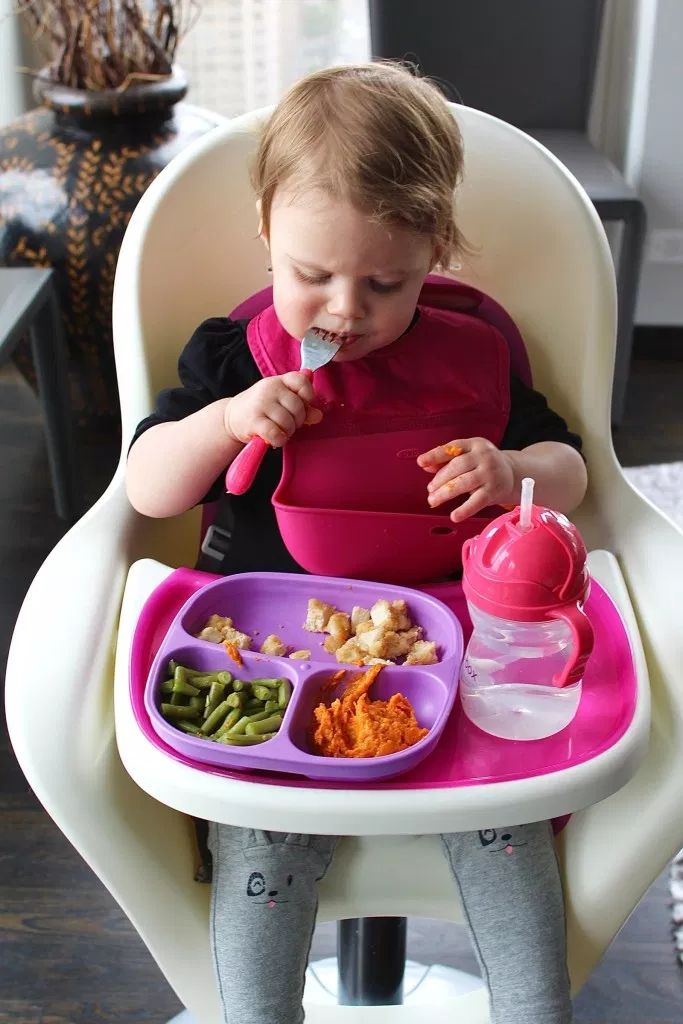 You could either push dinner back a bit or institute a regular bedtime snack. This is a tactic I read about in this book and it makes sense.
You could either push dinner back a bit or institute a regular bedtime snack. This is a tactic I read about in this book and it makes sense.
If there is always an easy bedtime snack, you won’t have to renegotiate it every night. And you also won’t have to worry about sending your child to bed hungry if you are prone to that particular worry.
I’d just caution against making the snack something they LOVE because kids may recognize that they can simply skip dinner and have the snack they love instead. If a child regularly asks for a snack right after dinner, it may be a habit (or a bedtime delay tactic!), not true hunger. Try “you can be hungry for breakfast” or “if you’re really hungry, you can have a banana.” Both of those phrases can work wonders to suss out true hunger.
Try:
- Find super simple healthy bedtime snacks in this comprehensive post.
How do I know if my toddler’s eating problems are serious?
Here’s some great advice from Katja and Jenny, the authors of Extreme Picky Eating:
“Ask yourself: What is your underlying fear? The point is to figure out what you are worried about, and then find out if you need to worry (or not) from a book, a doctor, or dietitian.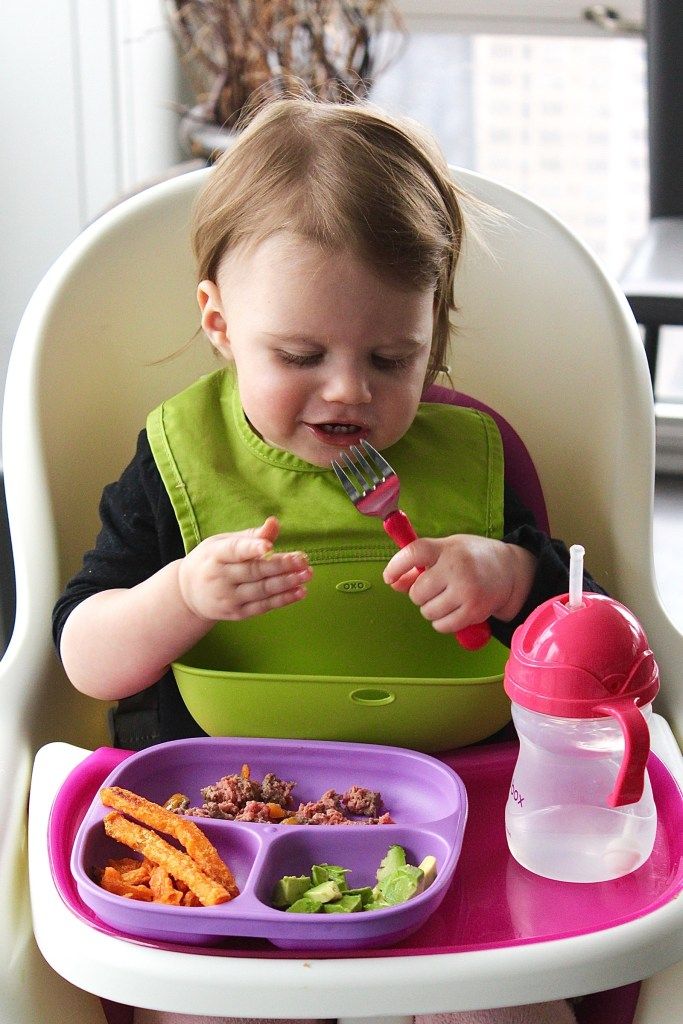 If you don’t need to worry, you can direct your energies to more productive things like supporting your child’s eating. If a problem is discovered, like an oral-motor delay, then you can get that addressed. Studies suggest that between one- and two-thirds of all young children will be described as ‘picky’ in early childhood.”
If you don’t need to worry, you can direct your energies to more productive things like supporting your child’s eating. If a problem is discovered, like an oral-motor delay, then you can get that addressed. Studies suggest that between one- and two-thirds of all young children will be described as ‘picky’ in early childhood.”
If there is a growth delay, severe reactions to different or specific textures, regular gagging, difficulty eating or digesting, oral-motor delays, muscular disorders, or any other issues that make eating difficult, reach out to your pediatrician and/or a feeding therapist. They will be best suited to help you work through the issues.
Bottom line: When a toddler won’t eat, it is not a judgement on our cooking skills or our parenting skills. A lot of it has to do with the developmental stage they are in—of learning and exploring boundaries—and simply seeing how much power they have. Hang in there!
Related Recipes
Did I miss anything? Comment if you have a question!
This post is not meant to be a substitute for medical advice.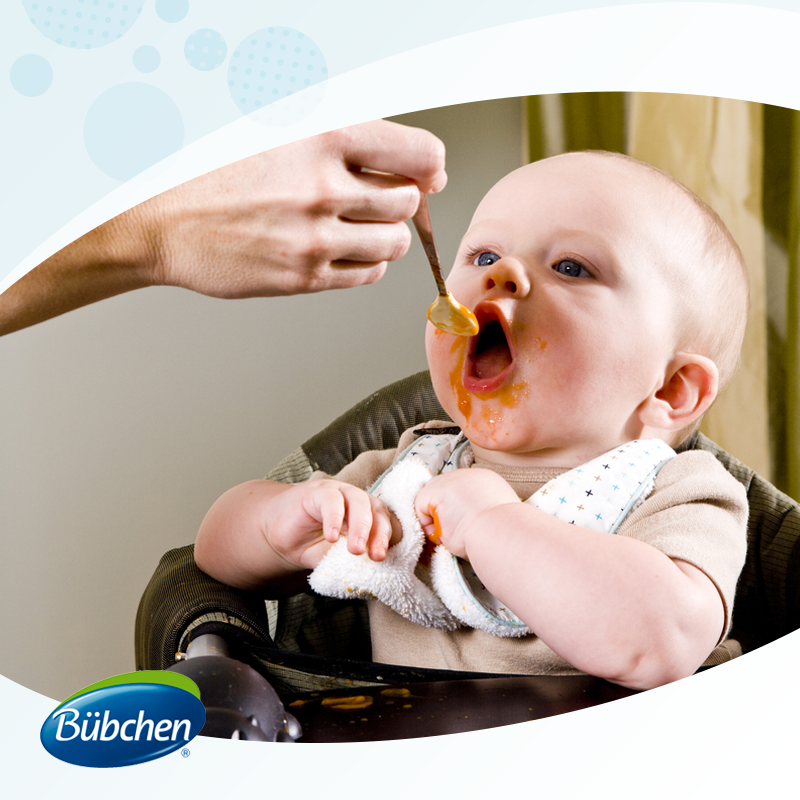 Please consult with a pediatrician or a feeding therapist as needed.
Please consult with a pediatrician or a feeding therapist as needed.
This post was first published April 2018.
What to do if the child does not eat well
April 14, 2019LifeEating
How to feed children with a selective appetite and instill in them a love for wholesome food - we explain together with "Maloyezhka".
Share
Why babies are so picky about what they eat
Children's appetite and eating habits are influenced by the timing of the first meal, metabolic rate, and lifestyle.
First solid foods
Doctors refer to the age between four and six months as the "window of tolerance" - this is the time when children should be given their first solid foods. The longer a child is not introduced to a new food, the stronger his attachment to one type of food is formed. This affects appetite later: children refuse vegetables, ask for cookies and agree to eat soup only if there is ice cream later.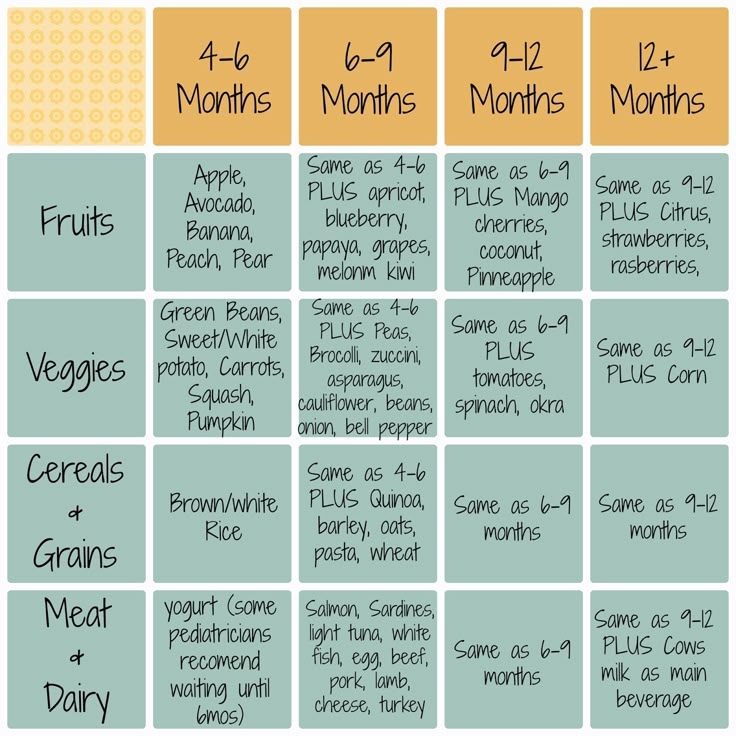
Metabolic rate
The child may eat little because he has a slow metabolism. This is a normal feature of the body, not a pathology. To understand how this works, you can draw an analogy with the fuel consumption of cars: one car needs 5 liters per 100 kilometers, while the other “eats” 20 liters under the same conditions.
Lifestyle
Selective appetite or refusal to eat is largely a matter of upbringing and lifestyle. If the child does not want to eat, then he did not spend enough energy and did not have time to get hungry. To awaken the appetite, you need to increase energy consumption: walk in the fresh air, ride the slides or offer classes in the sports section. The more energy children expend, the better their appetite.
How to understand if a child is eating enough
Traditionally, parents, grandmothers and neighbors from the stairwell determine the health of the baby by his fatness and appetite. "The child must eat," and the more the better.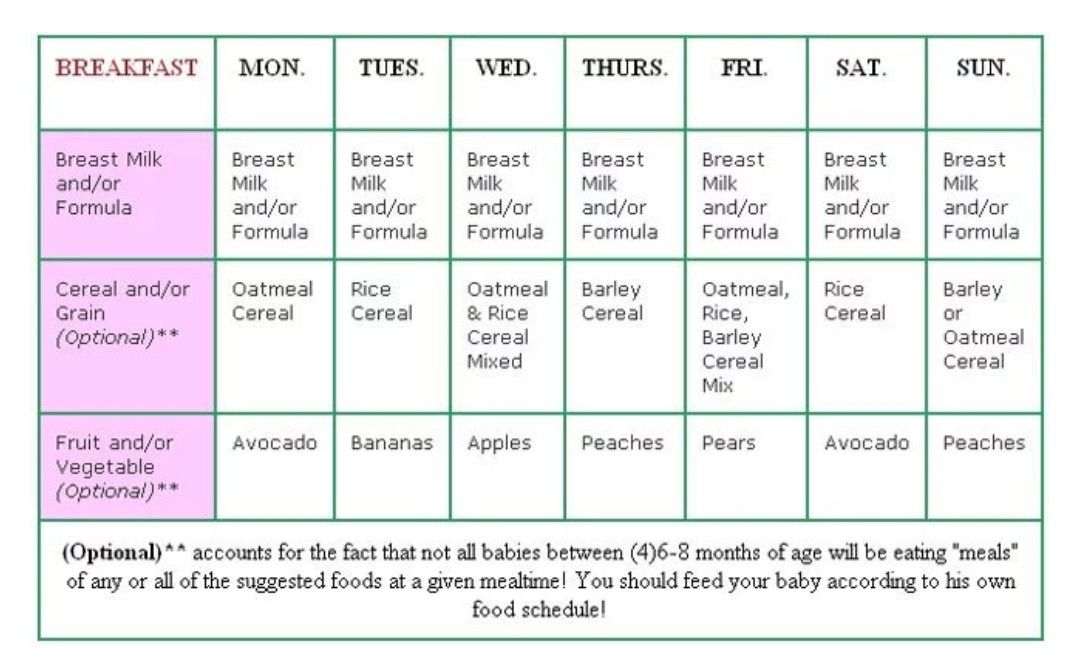 If it doesn't, then something is wrong with it. Do not rush to panic.
If it doesn't, then something is wrong with it. Do not rush to panic.
It is believed that among children 3-6 years old, only 18% are small-toothed.
Malnutrition is not defined by portion size and appetite, but by a lack of nutrients in the diet.
Here are the criteria to determine this:
- The child does not gain weight for a long time, growth and lags behind in physical development. Calculate your baby's weight, height and daily nutrient requirements using the calculator.
- A child older than 1.5-2 years does not eat certain food groups. For example, refuses vegetables, meat or cereals.
- The child bites and eats mainly junk food: sweets, fast food and processed meat (sausages, sausages).
- A child older than one and a half years old eats only liquid homogeneous food (for example, milk, formula or puree).
- The child refuses any food and goes on a hunger strike.
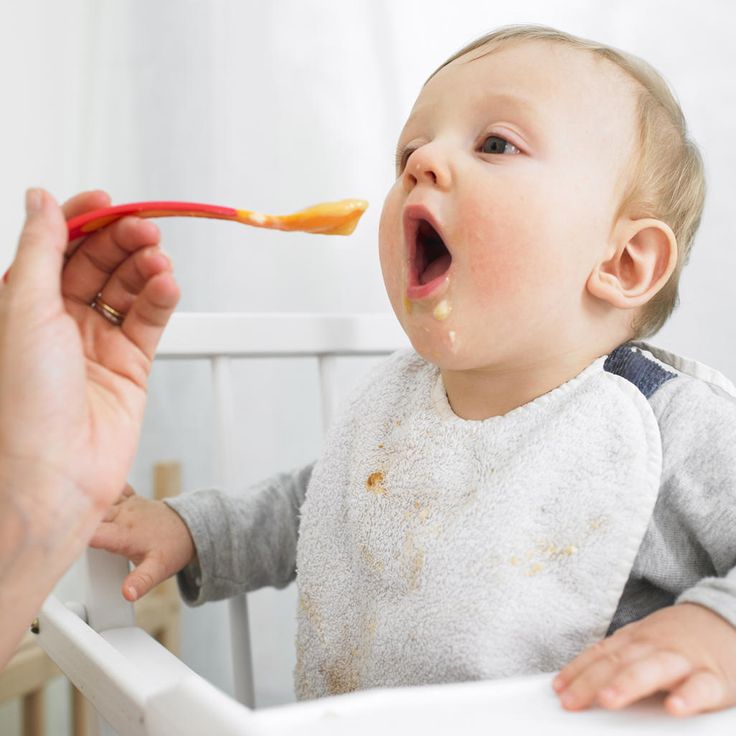
Keep a food diary and record everything your baby eats. After a week of observations, analyze the records, or rather show them to a pediatrician or gastroenterologist. Remember that the main indicator is the balance of nutrition, and not just the amount of food eaten. You won't be happy if your child eats a whole pack of cookies - what's the use of "empty" calories?
What should be in a healthy diet for a child?
Nutrition should be balanced, consisting of proteins, fats and carbohydrates.
- In the recommended diet for children aged 2-3 years, proteins make up about 20% of all food, fats - 30-35%, carbohydrates - 45-65%.
- For children 4-18 years of age, the recommended diet is 10-30% protein, 25-35% fat, and 45-65% carbohydrate.
Healthy nutrition is especially important for children as they grow and develop. They need protein for muscles, calcium and phosphorus to strengthen bones, iron to deliver oxygen to organs and tissues, including the brain.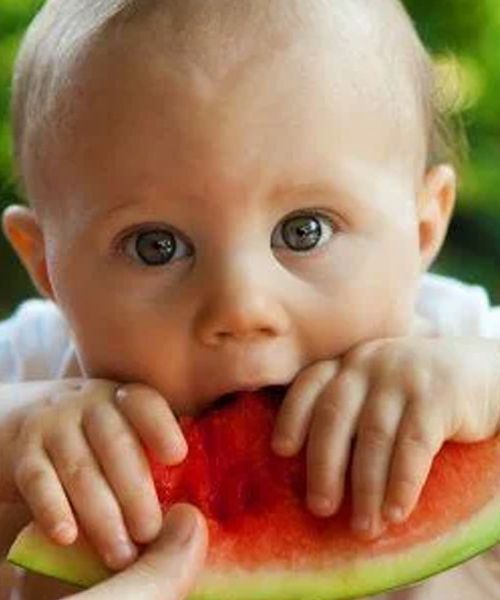 To gain the right amount of proteins, fats and carbohydrates, a balanced diet should include six food groups:
To gain the right amount of proteins, fats and carbohydrates, a balanced diet should include six food groups:
- Meat, fish and eggs.
- Vegetables.
- Fruit.
- Dairy products.
- Complex carbohydrates (whole grain bread, cereals, durum wheat pasta).
- Legumes.
At least 2-3 products from each group should be among the products for the child.
Nutrient deficiencies can be filled with PediaSure Maloezhka drink for children 1 to 10 years old. It contains proteins, fats, carbohydrates, 29 vitamins and minerals, omega-3 fatty acids and probiotics and is proven to be effective. After a month of regular use, the baby's appetite and activity improve, after two months he begins to gain weight (if he was underweight), and after three months his diet expands - the child eats more varied.
The dangers of selective eating and malnutrition
Refusing healthy foods leads to nutritional deficiencies and developmental delays.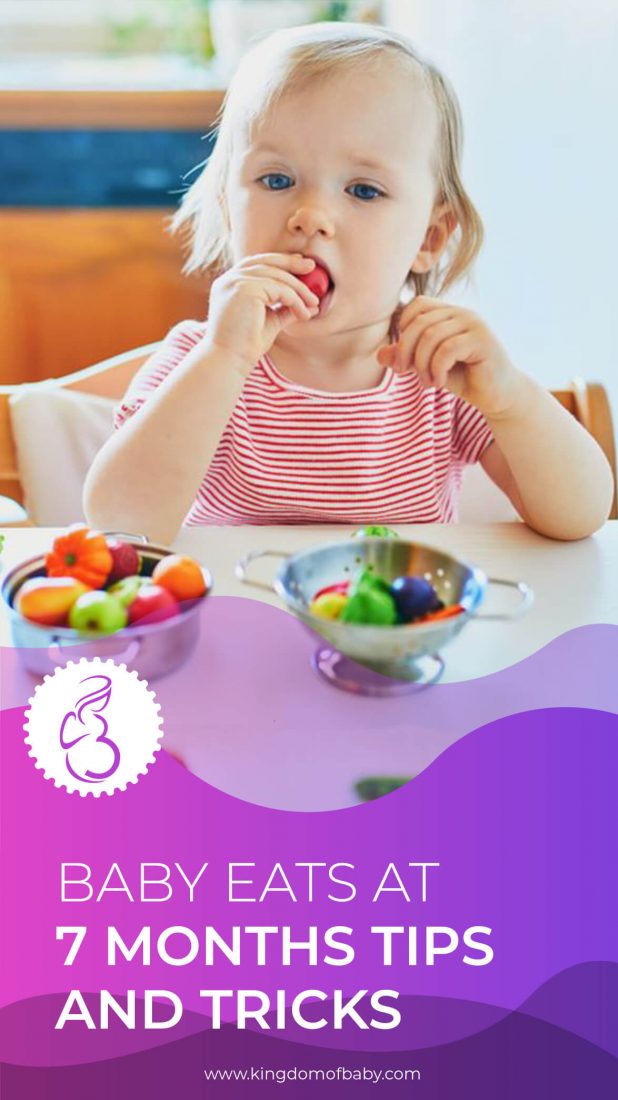
Lack of protein can cause stunting, memory impairment, reduced physical activity and weakened immunity. Children with poor nutrition may lag behind their peers in mental development. Consumption of sweets and fast food increases the likelihood of cardiovascular disease, overweight and obesity at school age.
How to feed a child if he refuses to eat
Stimulate the appetite
The best medicine to increase appetite is hunger. To make the child want to eat, increase physical activity: walk more and send the child to the sports section.
Be creative with the decoration of dishes
For a child to want to eat a dish, it must look beautiful. Build a funny face out of boiled vegetables, lay out a bicycle or decorate a dish with vegetable sauce. Use cookie cutters to make shapes out of bell peppers, eggplant, and zucchini. Unusual "accordions" of vegetables can be created using curly graters and knives.
Cook together
Children are more likely to eat food prepared by themselves. Let the child help you and captivate the process: let him mix vegetables, rub carrots or watch potatoes bake - he will become interested in what happened and will want to try the dish.
Let the child help you and captivate the process: let him mix vegetables, rub carrots or watch potatoes bake - he will become interested in what happened and will want to try the dish.
Offer food many times
Young children may refuse unfamiliar foods. This is also true for adults - not everyone is able to try fried grasshoppers or veal brains. It takes time to overcome the fear of new food. Therefore, offer the same dish many times: the child may agree on the tenth or fifteenth attempt.
Respect refusal
Saying a firm “no” is an important social skill. Do not suppress it and respect the opinion of the child. Otherwise, he will not learn to stand his ground in adulthood and say no, including to himself.
How not to feed your child
Do not force him to eat
We strive to feed the baby with all our might and do it with such zeal that he develops an aversion to food. He ceases to listen to the signals of his body and understand when he is full and when he is hungry. And the harder you push, the more the child resists. It's okay if he skipped breakfast or lunch - he will be more hungry for dinner.
And the harder you push, the more the child resists. It's okay if he skipped breakfast or lunch - he will be more hungry for dinner.
Remember that a child's body is not used to social norms and the need to eat five times a day. If the child has no appetite, it means that he has not yet spent all the energy that entered the body with the last meal. A little patience, and the appetite will appear.
Don't make them eat up
Don't scold the child for not eating everything. Perhaps you gave him too much portion and he physically cannot handle it. The skill to “stop when you’re full” is important and will come in handy in adulthood.
Do not allow your child to snack
If you want your children to eat well at lunchtime, do not allow them to snack between meals. Remove sweets and cookies from the table, do not make sandwiches. If the baby works up an appetite, he will not refuse the soup.
French mothers adhere to this principle: they teach the child to eat at certain hours.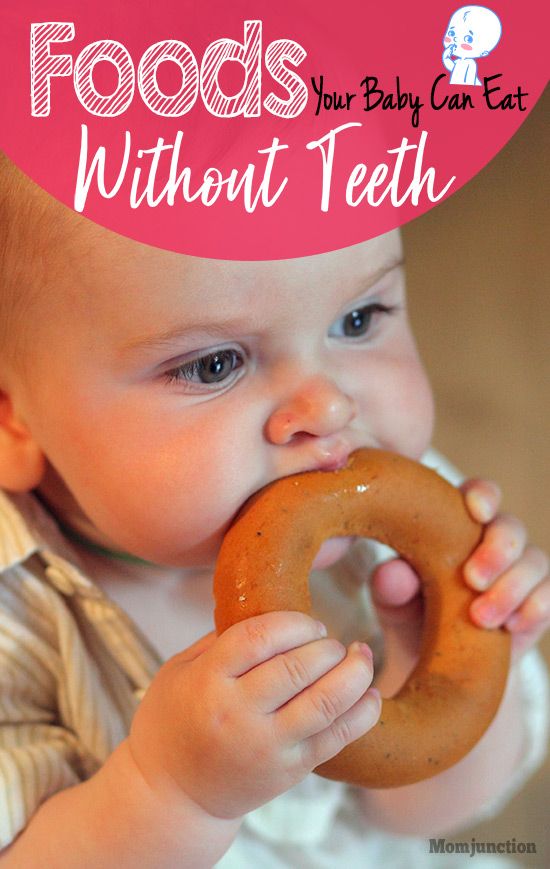 "Children don't know how to snack, so they're always hungry by a certain time," writes Pamela Druckerman, author of French Kids Don't Spit Food.
"Children don't know how to snack, so they're always hungry by a certain time," writes Pamela Druckerman, author of French Kids Don't Spit Food.
Do not entertain the child while eating
Cartoons, books and dancing with a tambourine distract the child from eating. No need to stuff a spoonful of porridge at any cost. It is necessary to teach him to treat food consciously, to feel its taste and feel full. Instead of cartoons, talk about food: what does it look like? What does it look like? What does she taste like? Do you want another piece?
Talk to your child about food not only from the position of "tasty - not tasty". Food can be crispy, sour, sweet, spicy, spicy, soft. An inquisitive attitude to food will help to cope with children's fear of new dishes.
Do not focus on nutrition in the family
Do not show your child how important nutrition is to you, no matter how difficult it may be. Do not praise the baby if he ate something healthy or ate in principle.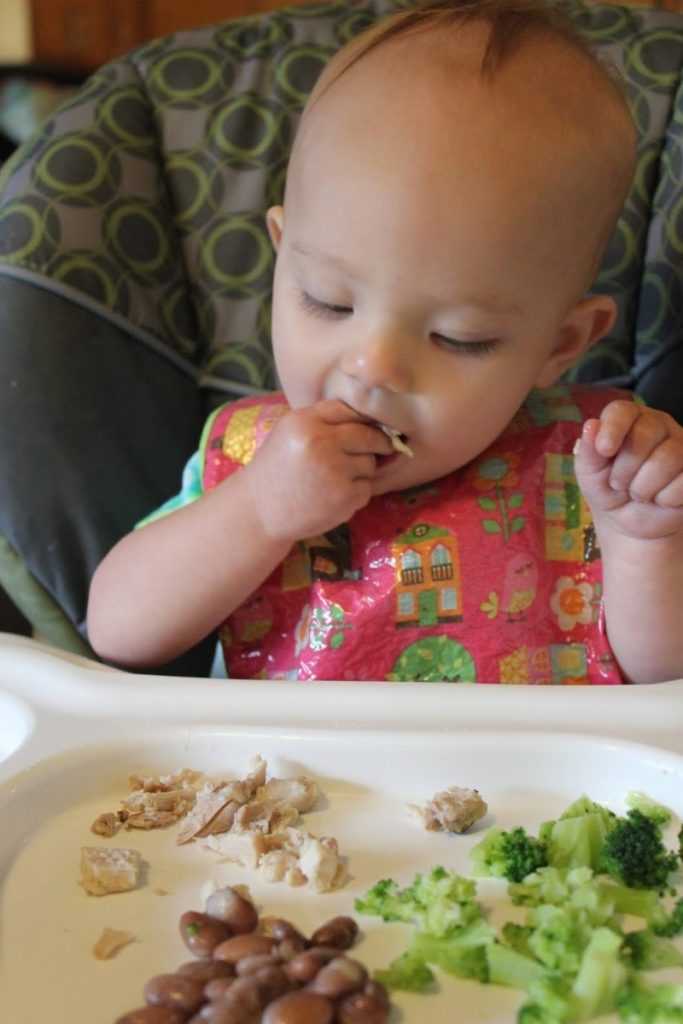 If the child notices this, he may begin to manipulate you: beg for toys, ask for a trampoline and ride that pony in the park for a spoonful of oatmeal.
If the child notices this, he may begin to manipulate you: beg for toys, ask for a trampoline and ride that pony in the park for a spoonful of oatmeal.
Food is just food, it gives strength and energy. Don't use it as a reward or punishment. If the child is crying, it is better to hug him than to soothe him with chocolate.
How to instill in children a love for healthy food
Start with yourself
Your child imitates everything you do, including adopting your eating habits. Why does he have to eat oatmeal and steamed broccoli when you're so hungry for cakes and fried potatoes?
Double standards do not work in the family: either you all eat right (at least in front of the children), or you allow the children to eat not the most healthy food.
Don't be manipulated
You are the parent and only you can decide what your child will eat. You can gradually accustom him to healthy food or indulge desires by agreeing to give him a cookie or a piece of sausage.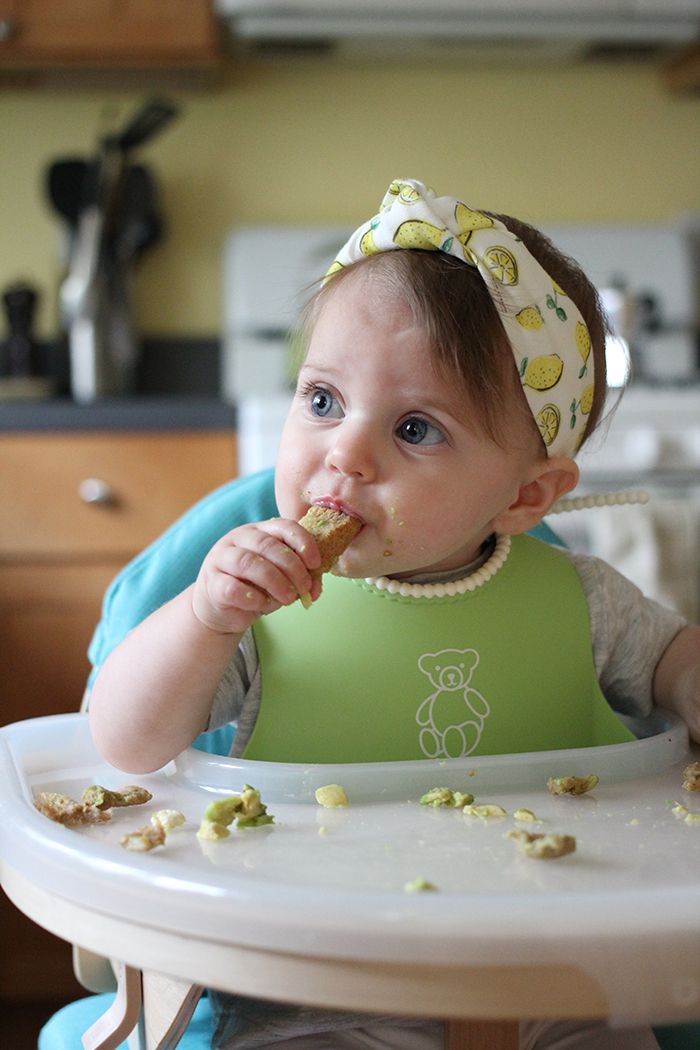
Stand firm, but leave the child a choice: offer 2-3 healthy meals, and let him decide what he will eat. Don't yell or force him to eat something he doesn't want. Remember how often hated semolina was shoved into you or forced to eat milk soup in kindergarten. And how you love sweets only because they were forbidden in childhood.
Show that healthy food can be tasty
There is a lot of healthy food: vegetables, fruits, herbs, legumes, nuts, dried fruits, honey. Introduce the child to different products, tell an interesting story about each and let's try a piece. Let the kid understand that the right food is not only oatmeal and cabbage soup.
The same dishes can be prepared in different ways. For example, cauliflower can be boiled, baked in the oven with other vegetables, fried with egg and tomato, added to a jellied pie. To make the taste more pleasant, vegetable slices can be dipped in Greek yogurt or sour cream sauce, and fruit slices in honey. Show your imagination, the child will definitely like something.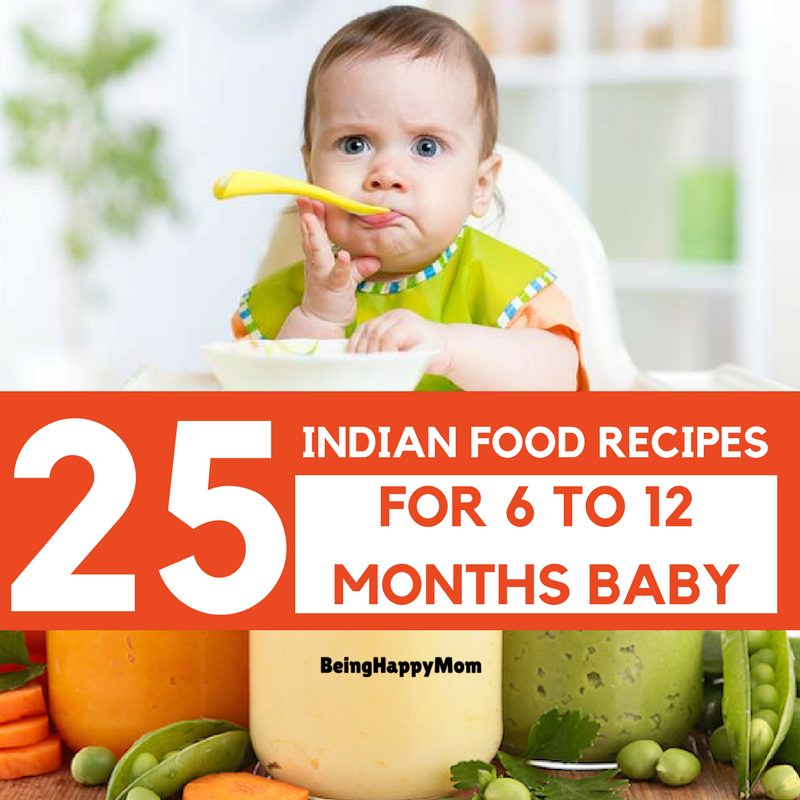
If your baby has a weakness for juices and drinking yoghurts, replace them with PediaSure Baby. It is free of dyes, preservatives, palm oil, gluten and GMOs, and in terms of energy value it is comparable to a serving of boiled cod and a medium apple. A bottle of drink can be taken for a walk, given to a child at school or kindergarten, or simply offered as a dessert after breakfast or lunch.
Learn more about PediaSure Maloezhka
*Activities of Meta Platforms Inc. and its social networks Facebook and Instagram is prohibited in the territory of the Russian Federation.
If the child does not eat well: what to do and what not to do
What to do if the child does not want to eat.
- Malyusik, well, one more spoon - and that's it! Last! I ate only two, let's have a little more, here's the most delicious piece for you! - says the average mother, offering a spoon with one hand, playing the accordion with the other, showing the trick with the disappearance of the handkerchief with the third, turning the cutlets over with the fourth, while doing somersaults on one leg.
Sound familiar?
Every dad has an instinct to bring food home, and a mom has it to feed the baby. And if he refuses to eat, a signal is triggered - "I'm a bad mother" or "the child is sick."
In this case, the most important thing for a parent to understand is whether the child DOES NOT WANT or CANNOT eat?
If the baby is running around, having fun and looking good, without showing any signs of illness, then most likely he does not want to eat. There can be many reasons:
- A breastfeeding child prefers milk and dairy products, intuitively understanding that he needs calcium, and now milk is healthier for him than soup.
- The child wants a cookie, not vegetables.
- He really wasn't hungry. For example, his metabolism is slow, breakfast has not yet been digested, and lunch is already being offered. Or the child was sitting in front of the TV after breakfast and his appetite had not yet had enough time to play out. Compared to the boy next door who was outside all day.
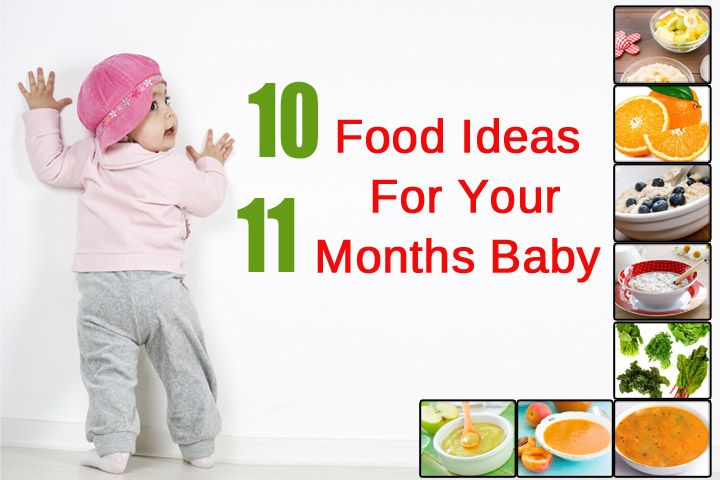
- If a child is not genetically destined to become Uncle Styopa, then he can eat much less than his peers, who have tall parents.
- Psychological problems. If earlier you accidentally gave your child a bitter cucumber, then he may refuse any green food. Or you yell at the child during the meal, and for him the food is perceived as a trauma.
If your child is lively, but at the same time he has a "bad appetite", then this is not his problem, but yours - the psychological problem of an unsatisfied instinct. If a child jumps, jumps, he has healthy nails, hair, etc., think less about what he lacks. Better think about something nice))
An active child = not a hungry child.
Wait for the natural desire and correctly distribute energy costs - walk more often, send the child to the sports section, or simply say: “If you don’t want to, take a walk, dinner is not earlier than seven and no snacks.” That is, if your child simply does not want to eat, normalize feeding - strictly at a certain time and without snacks.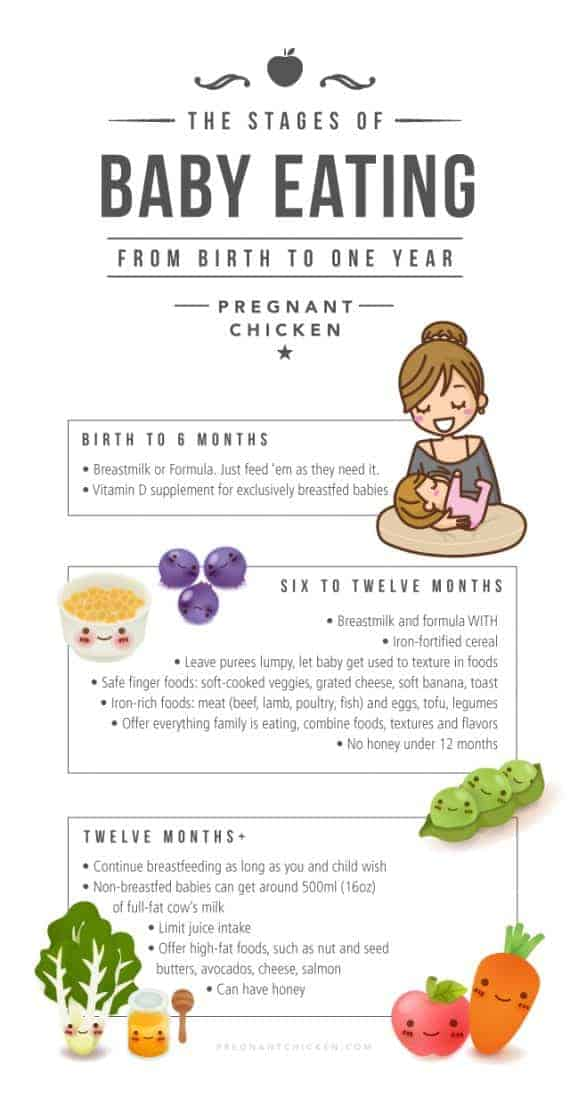 The body will get used to secrete gastric juice strictly according to the schedule.
The body will get used to secrete gastric juice strictly according to the schedule.
And one more thing. There are no rules about how much a child should eat. He can eat a kilo (and make you very happy) and 9Send 00 grams to the toilet. Or eat 100 g and learn everything.
But it is much more difficult if the child CANNOT eat.
Causes:
- If you are breastfeeding, you may have “tight breasts”, when it is very difficult for the baby to suck milk.
- A child has a runny nose, and when he eats, he begins to choke.
- Food hot, cold, sour, bitter.
- He has sores in his mouth (for example, from toys), and they hurt when food gets on them.
- Teeth are cut, gums hurt.
- Bowel problems. The stomach starts to hurt while eating.
- The child simply fell ill (cold, SARS, poisoning, influenza, etc.). If the child is sick, and he is not dystrophic, then you should not force him to eat. The body fights infections better when it's hungry.
